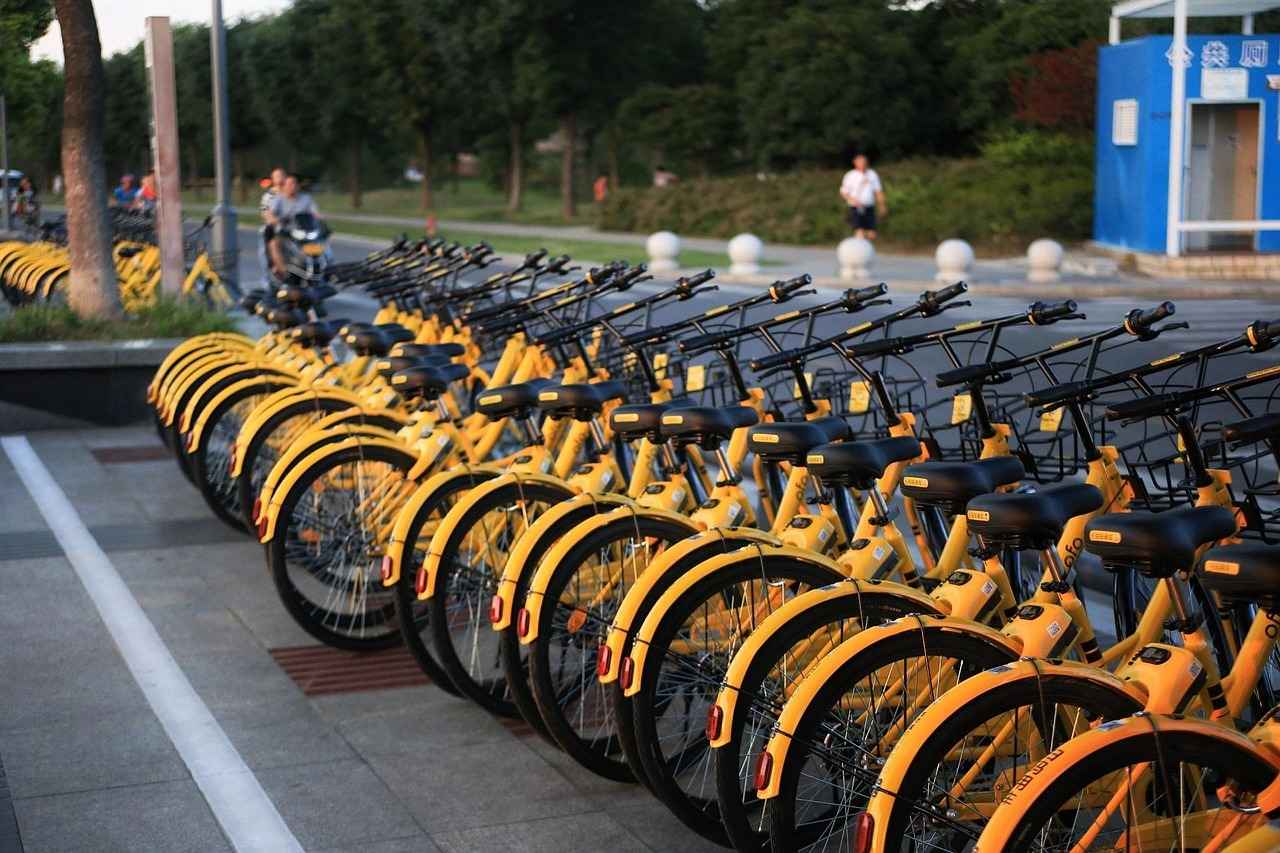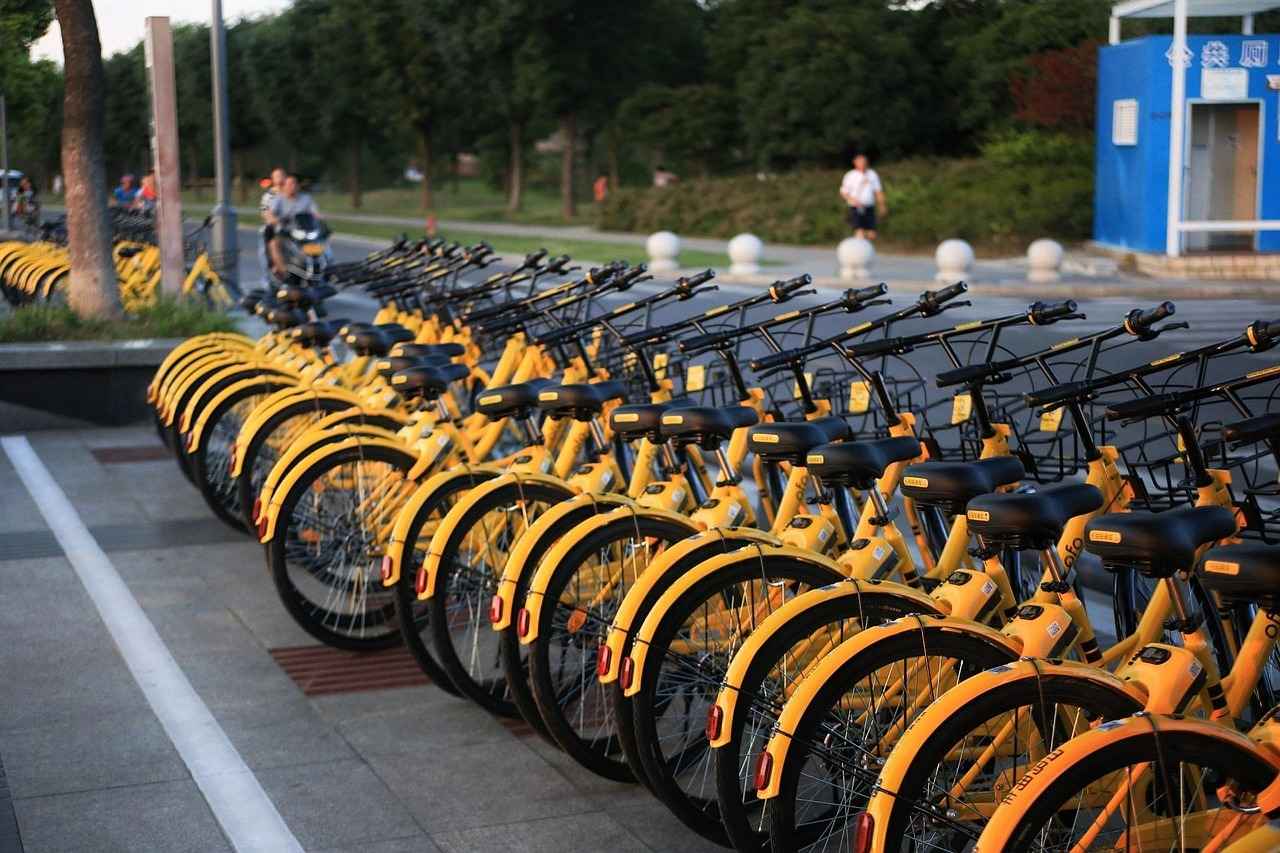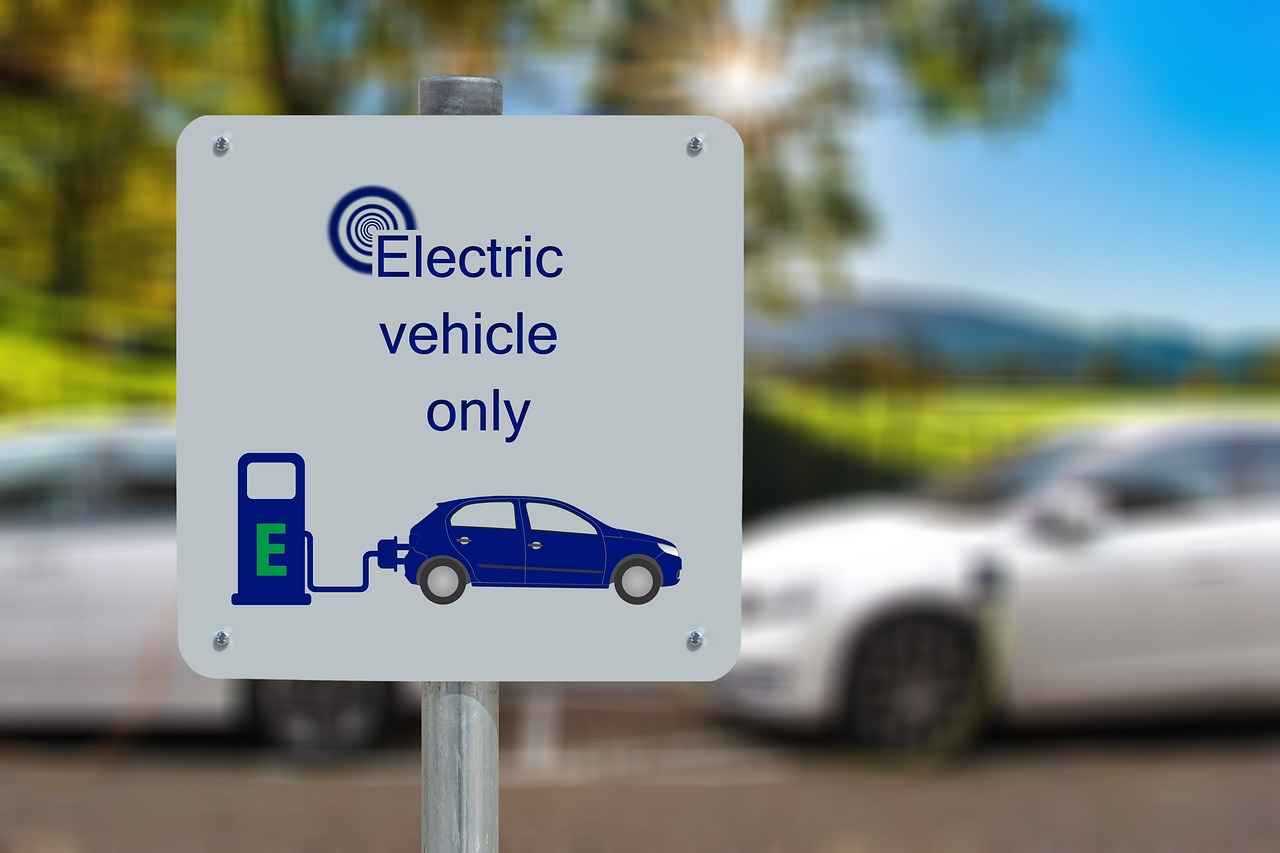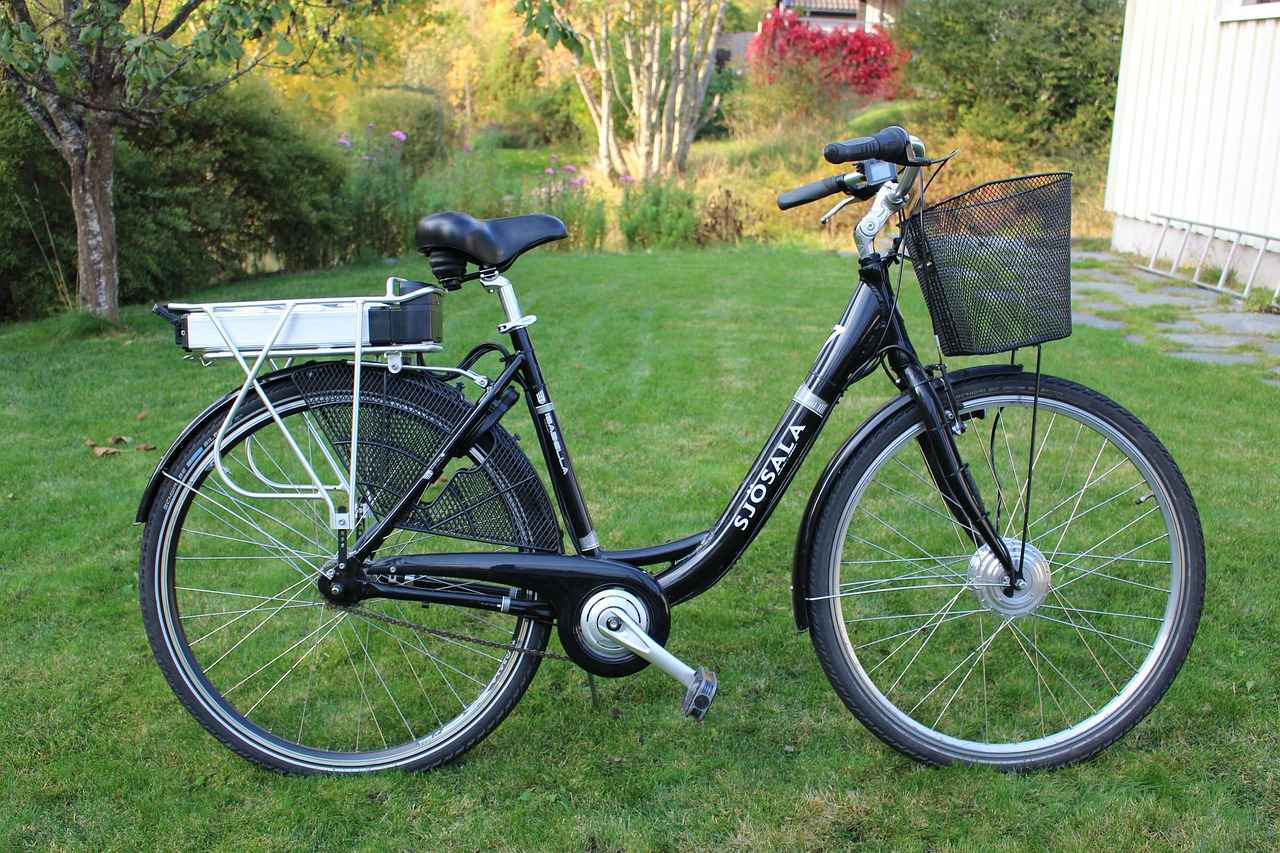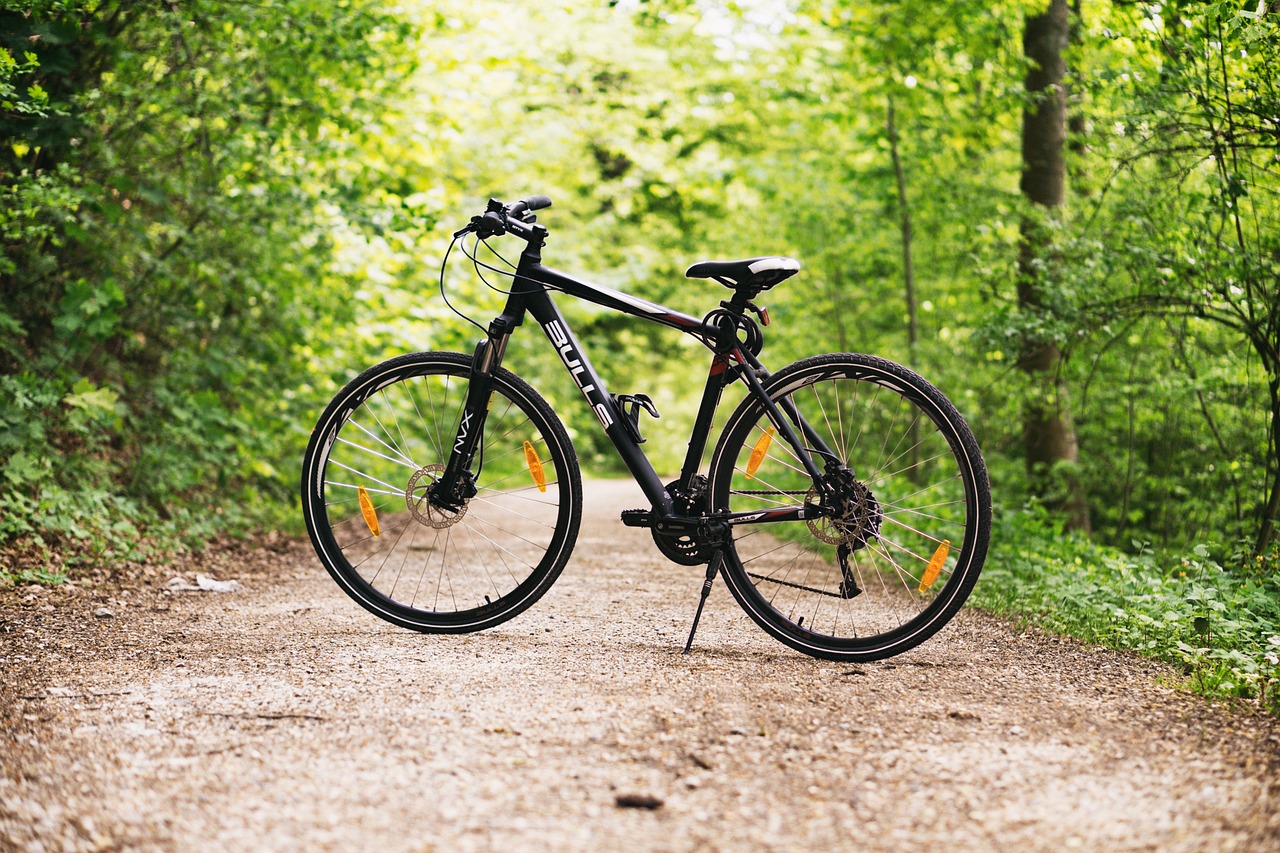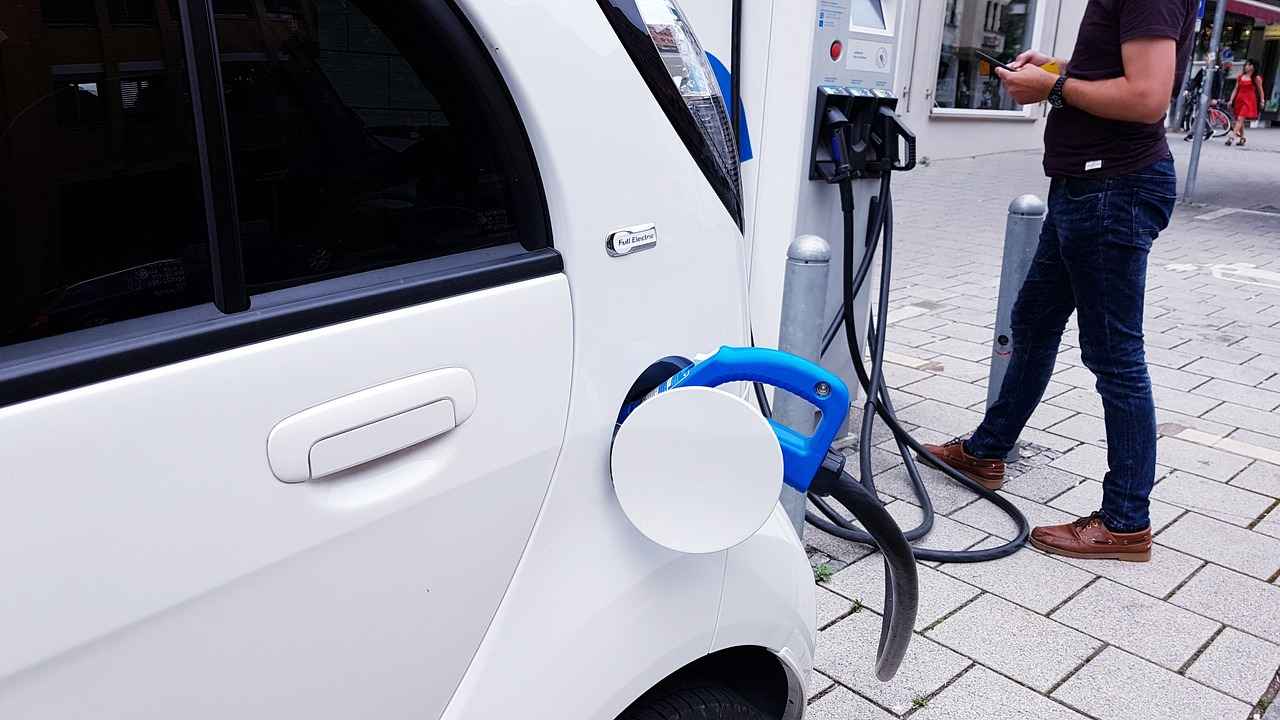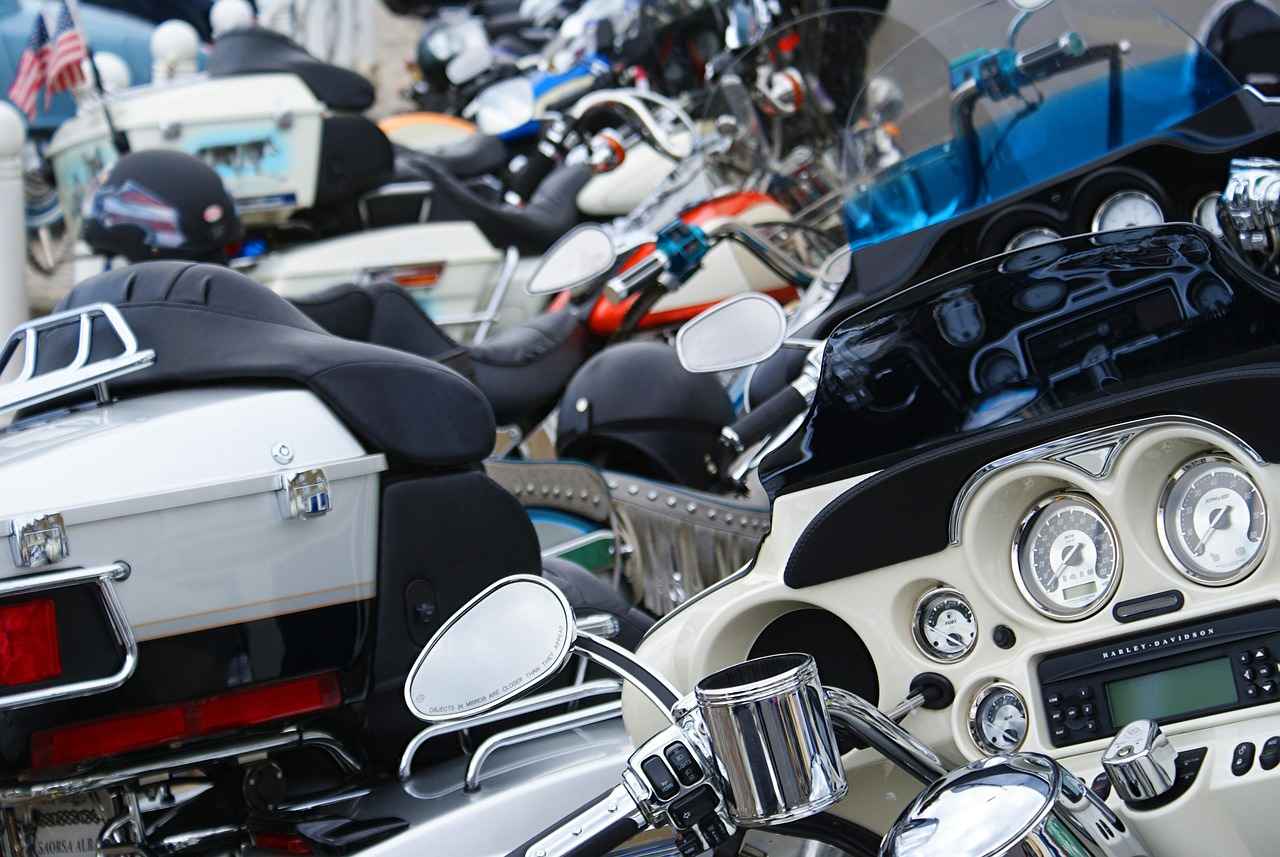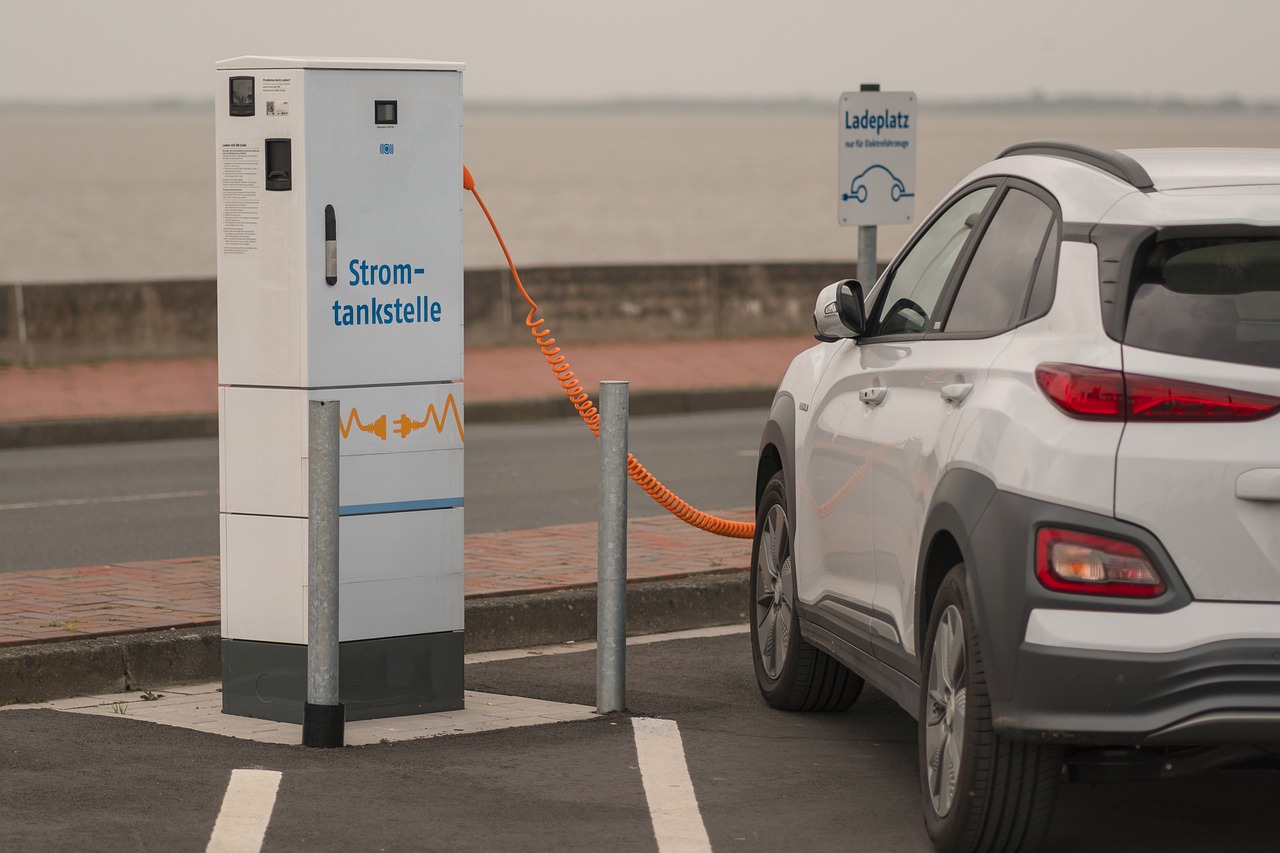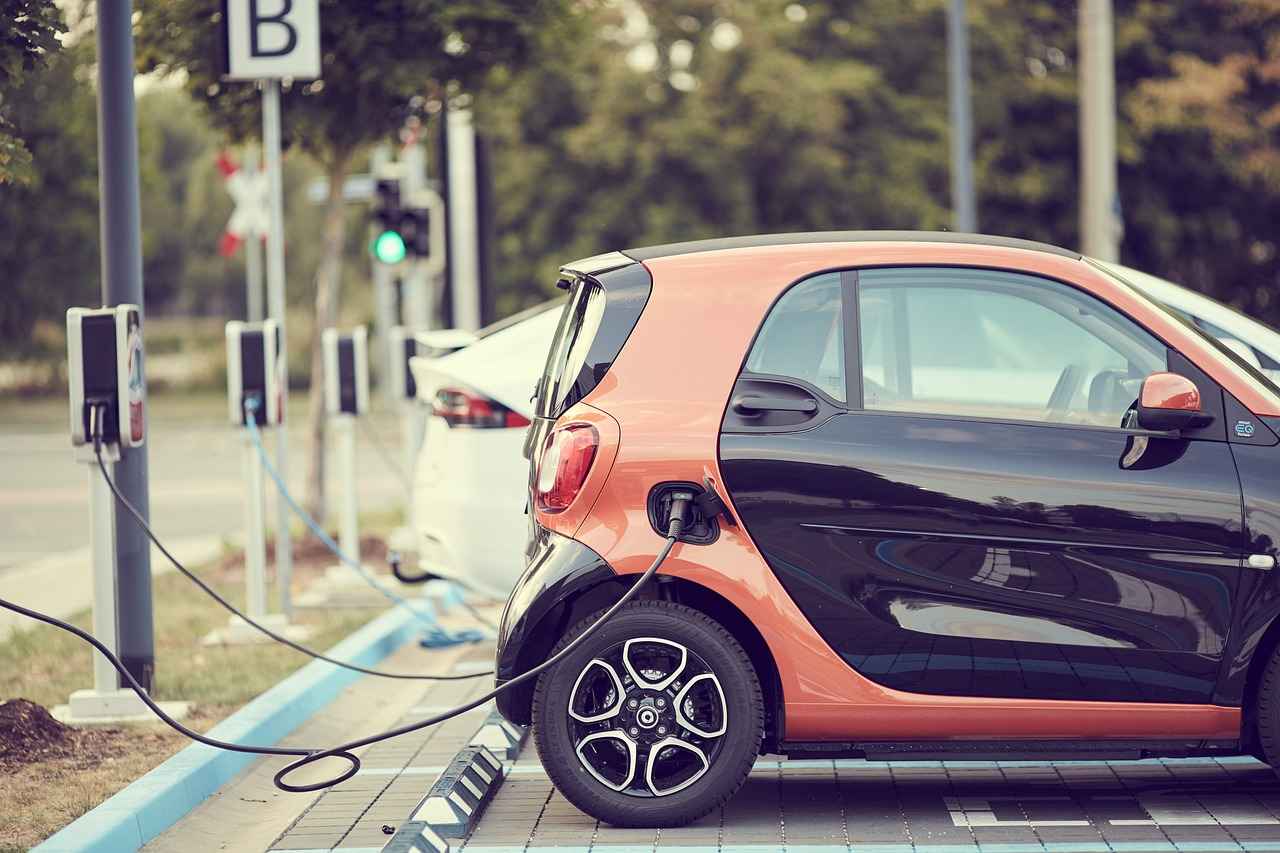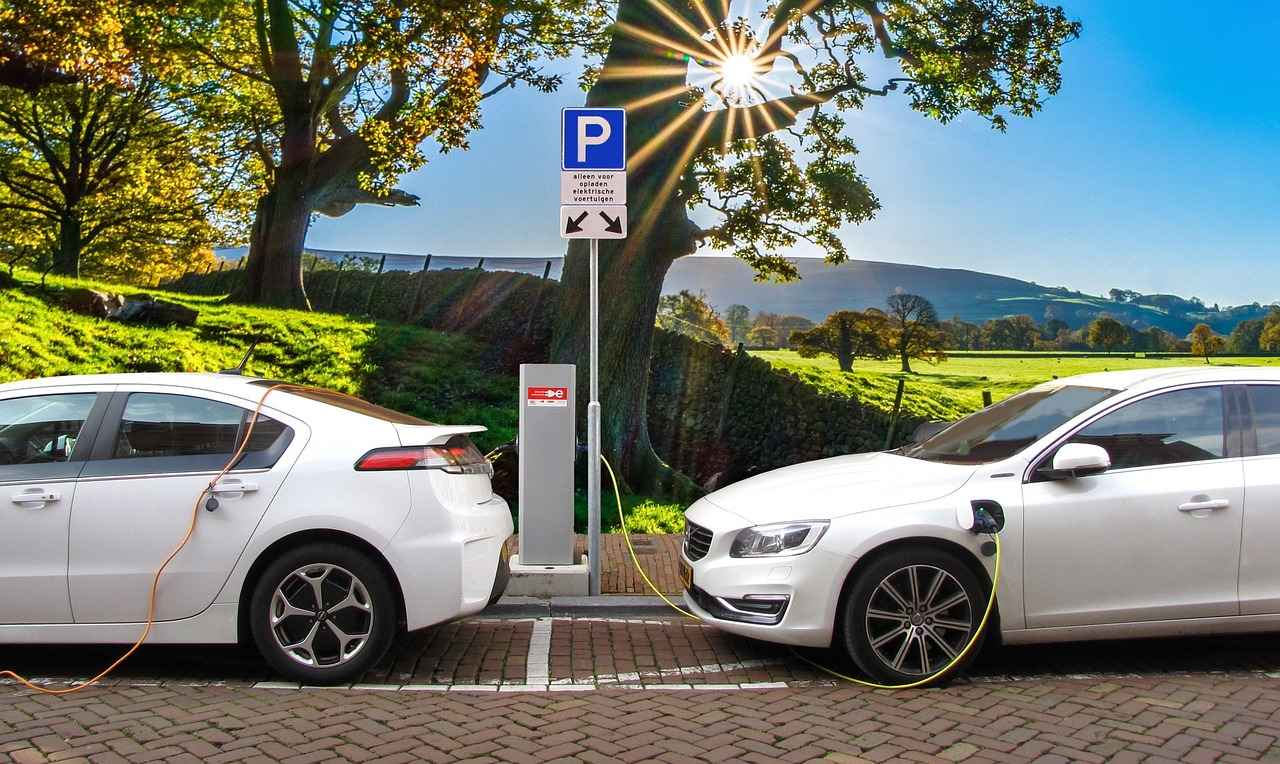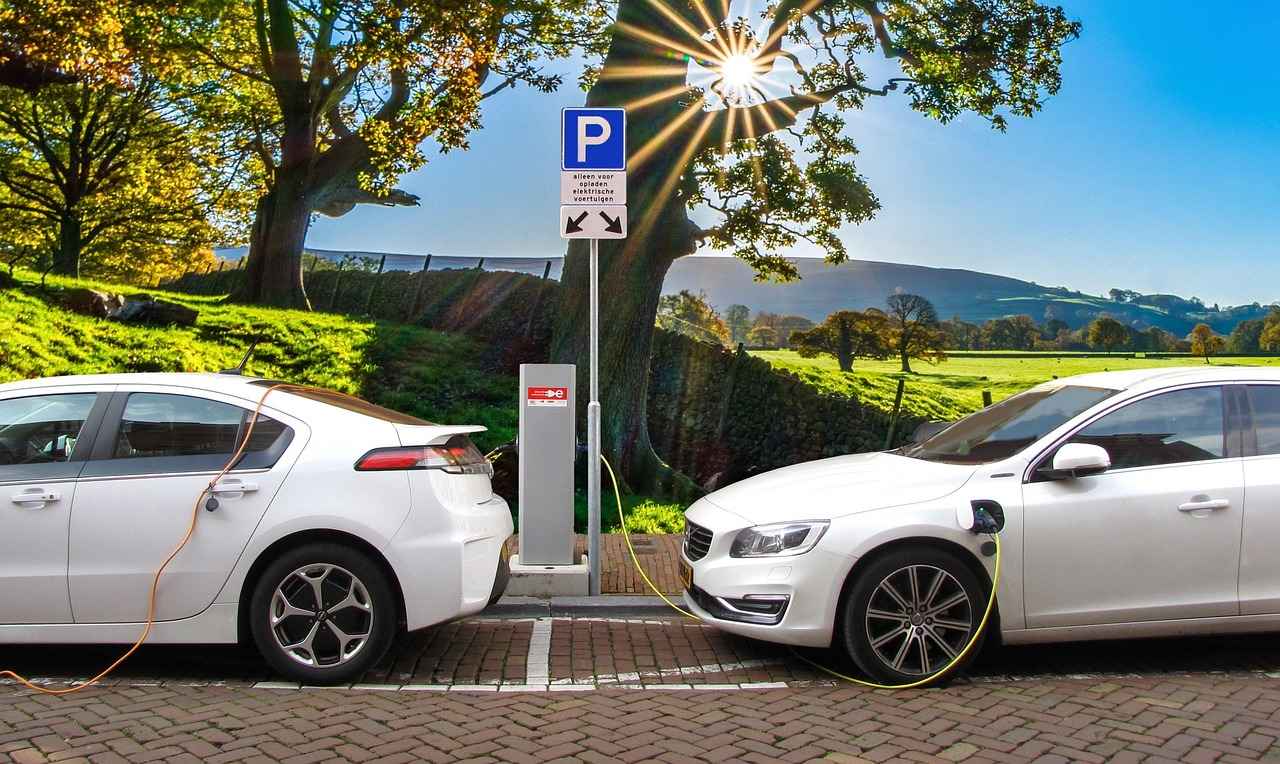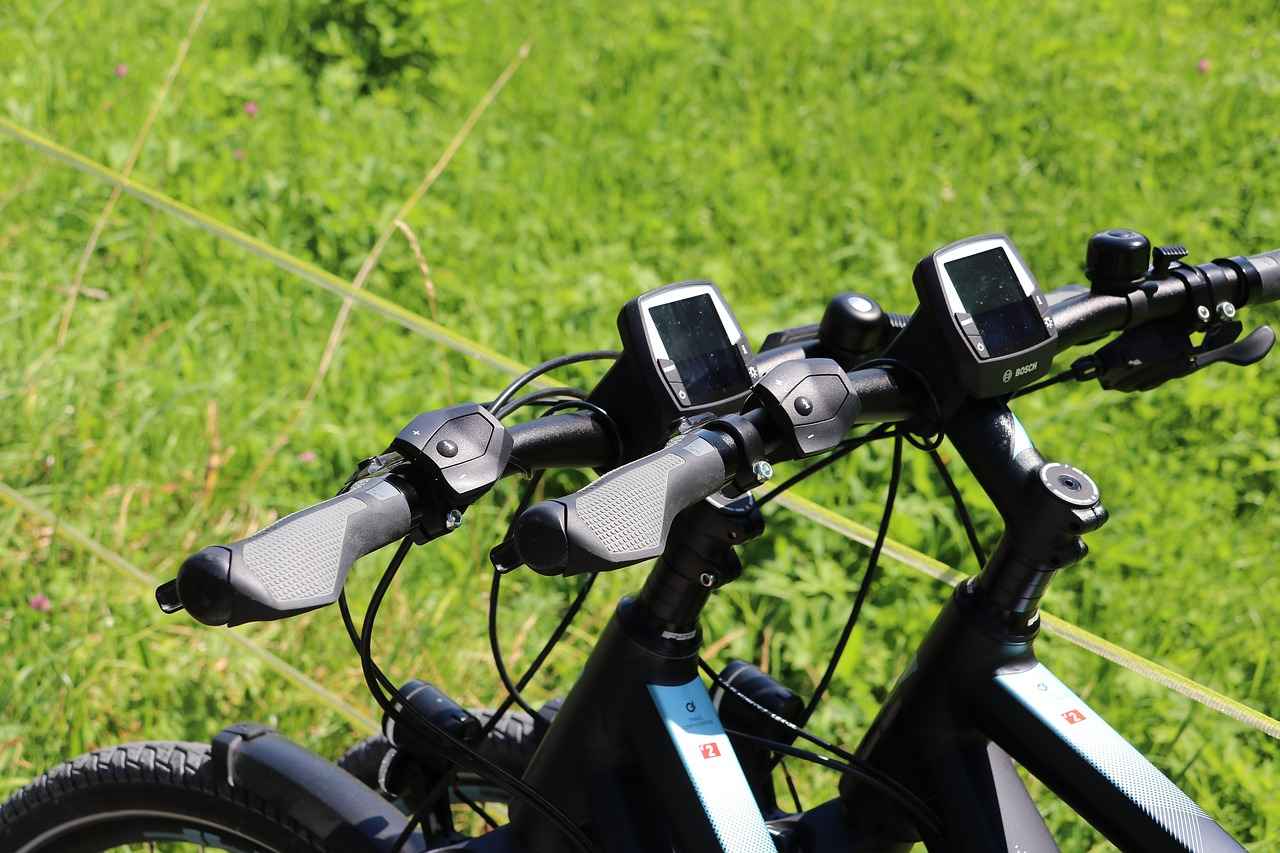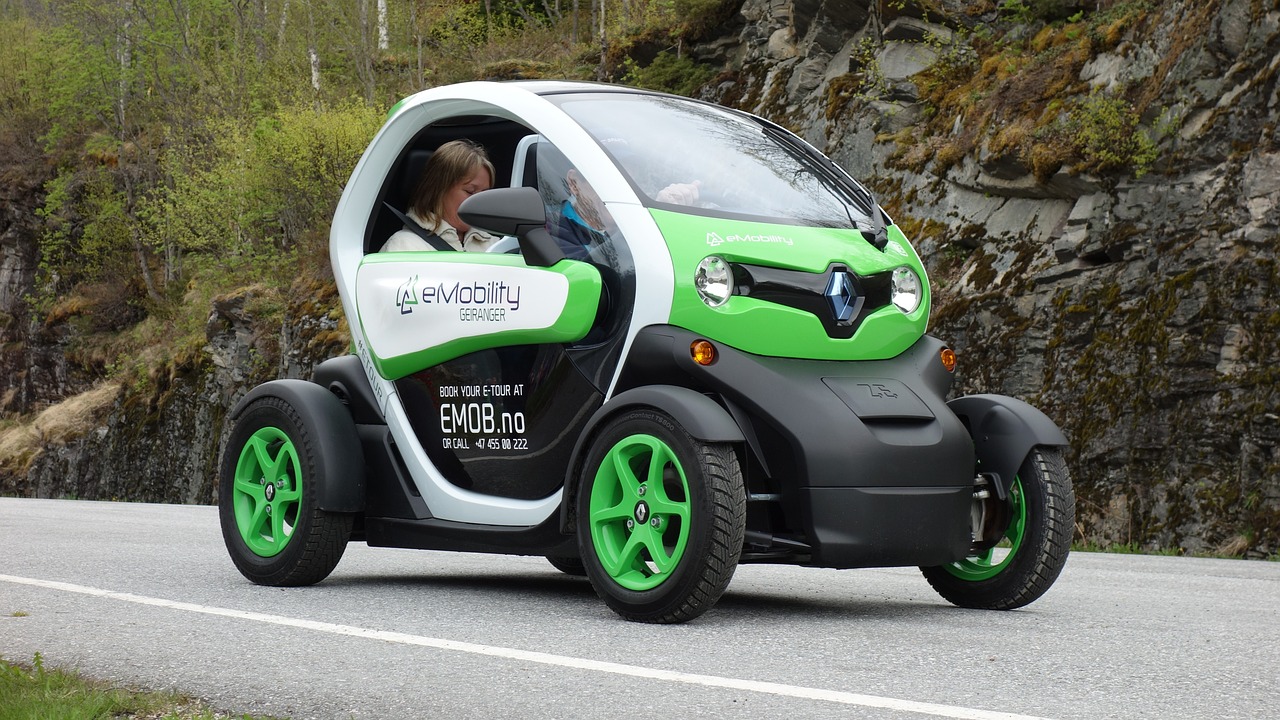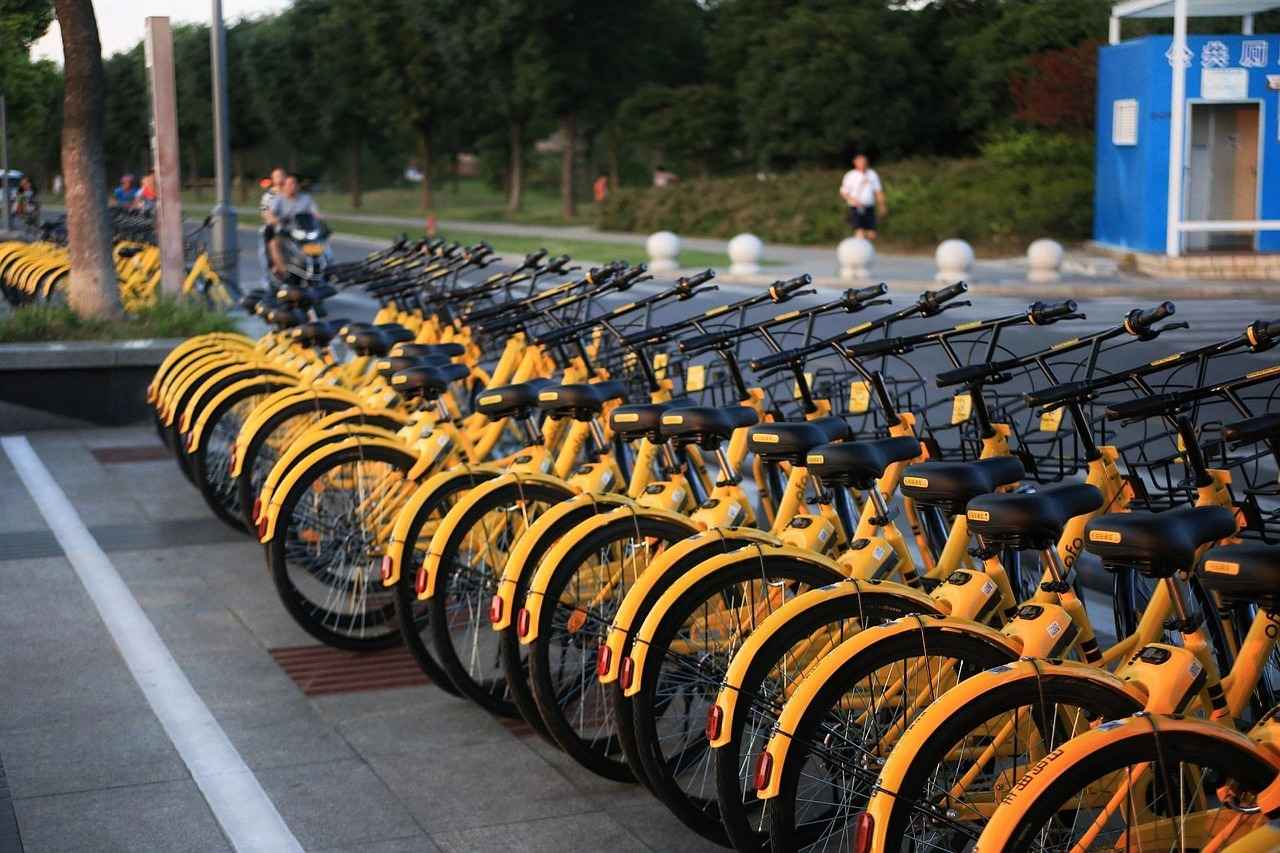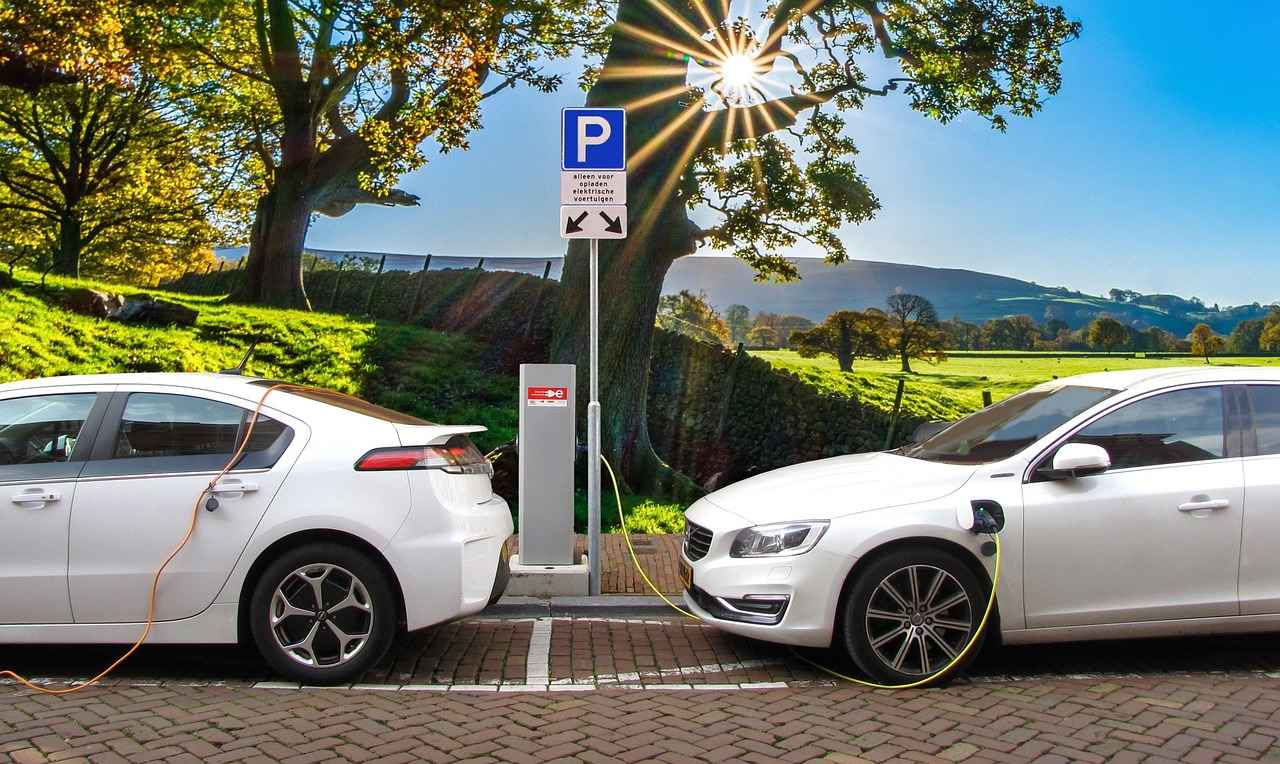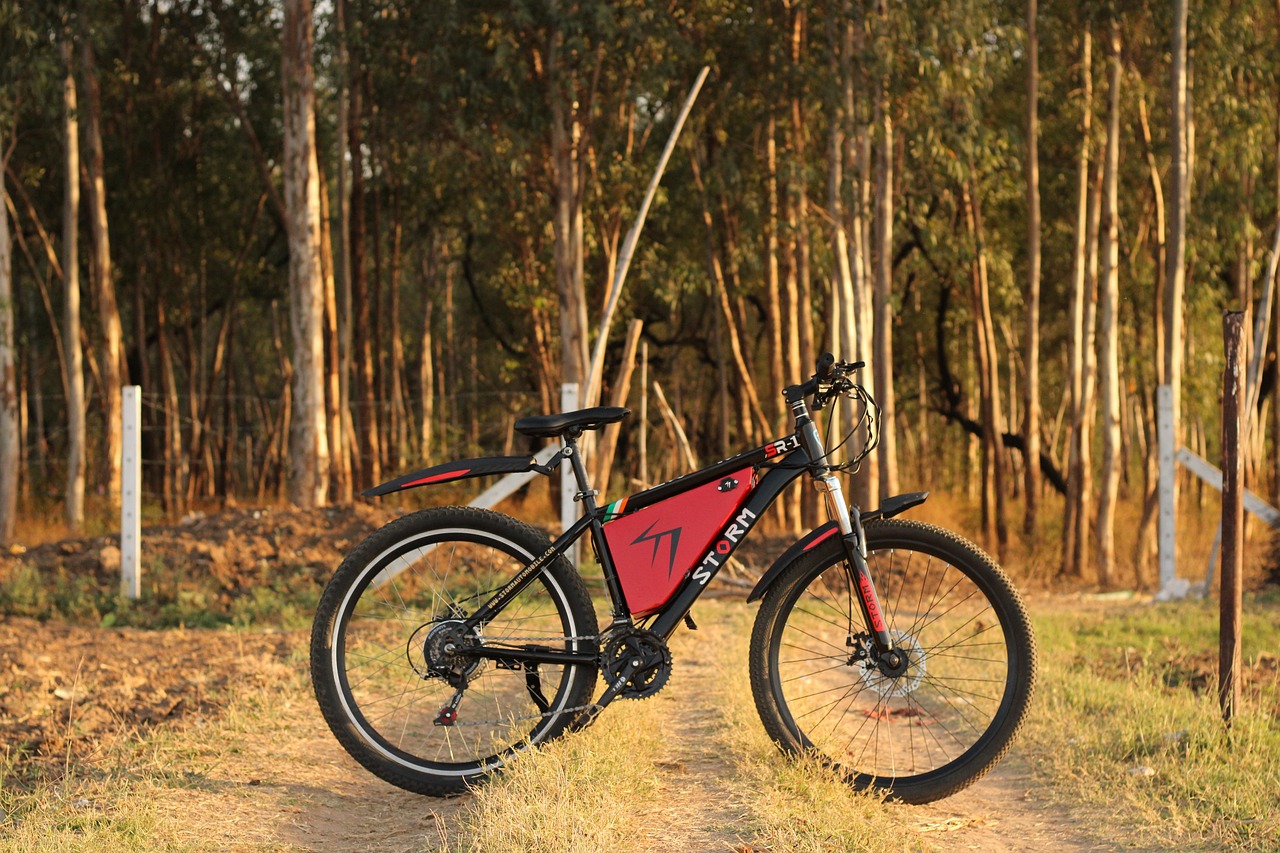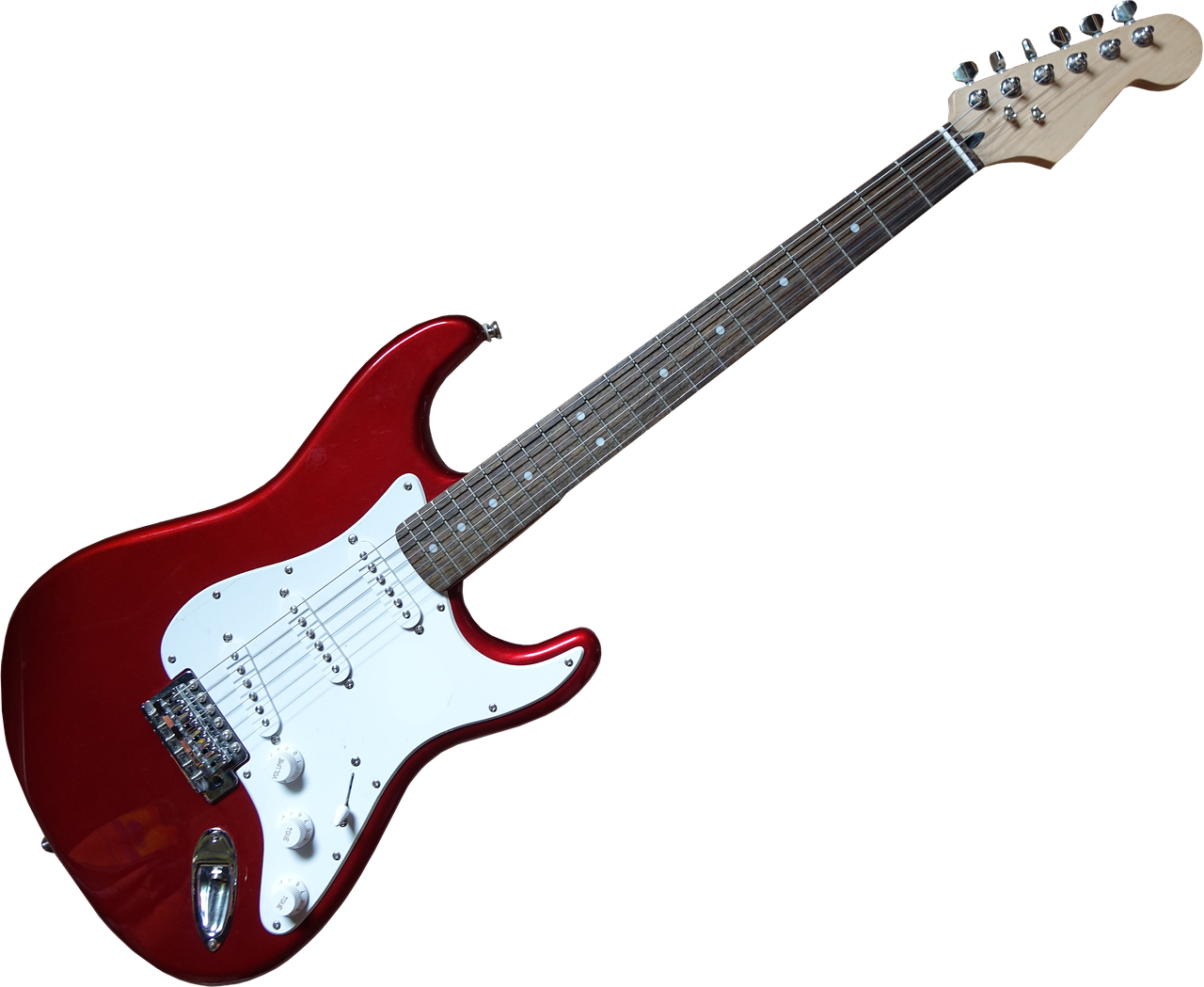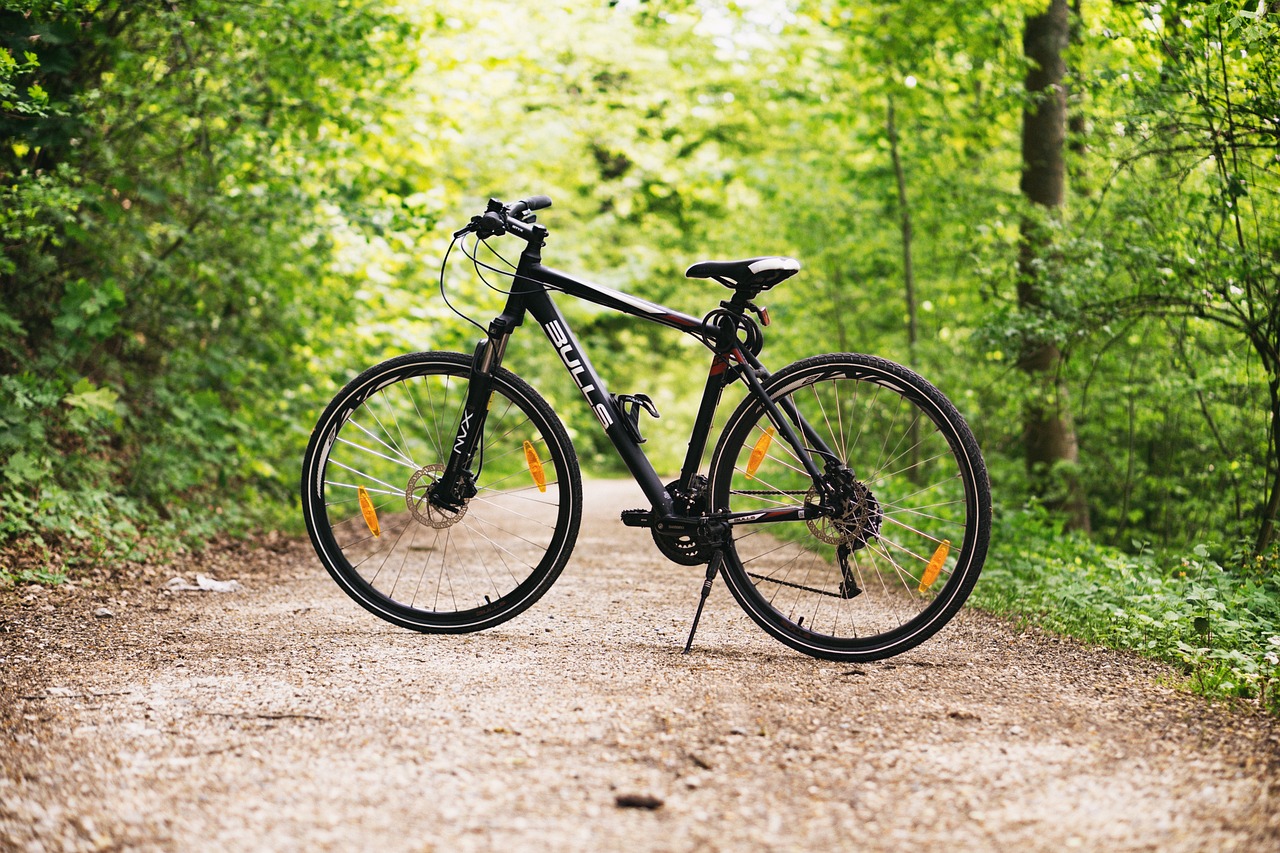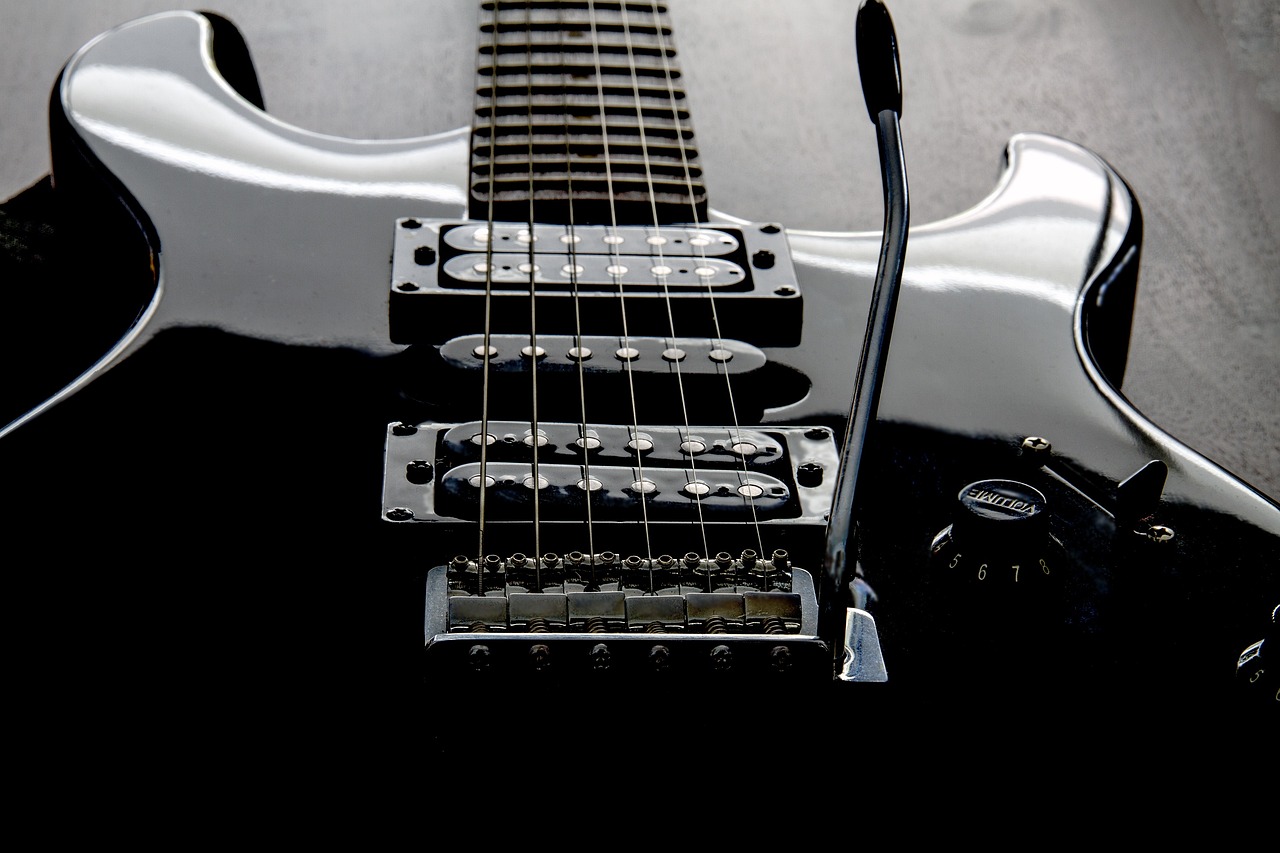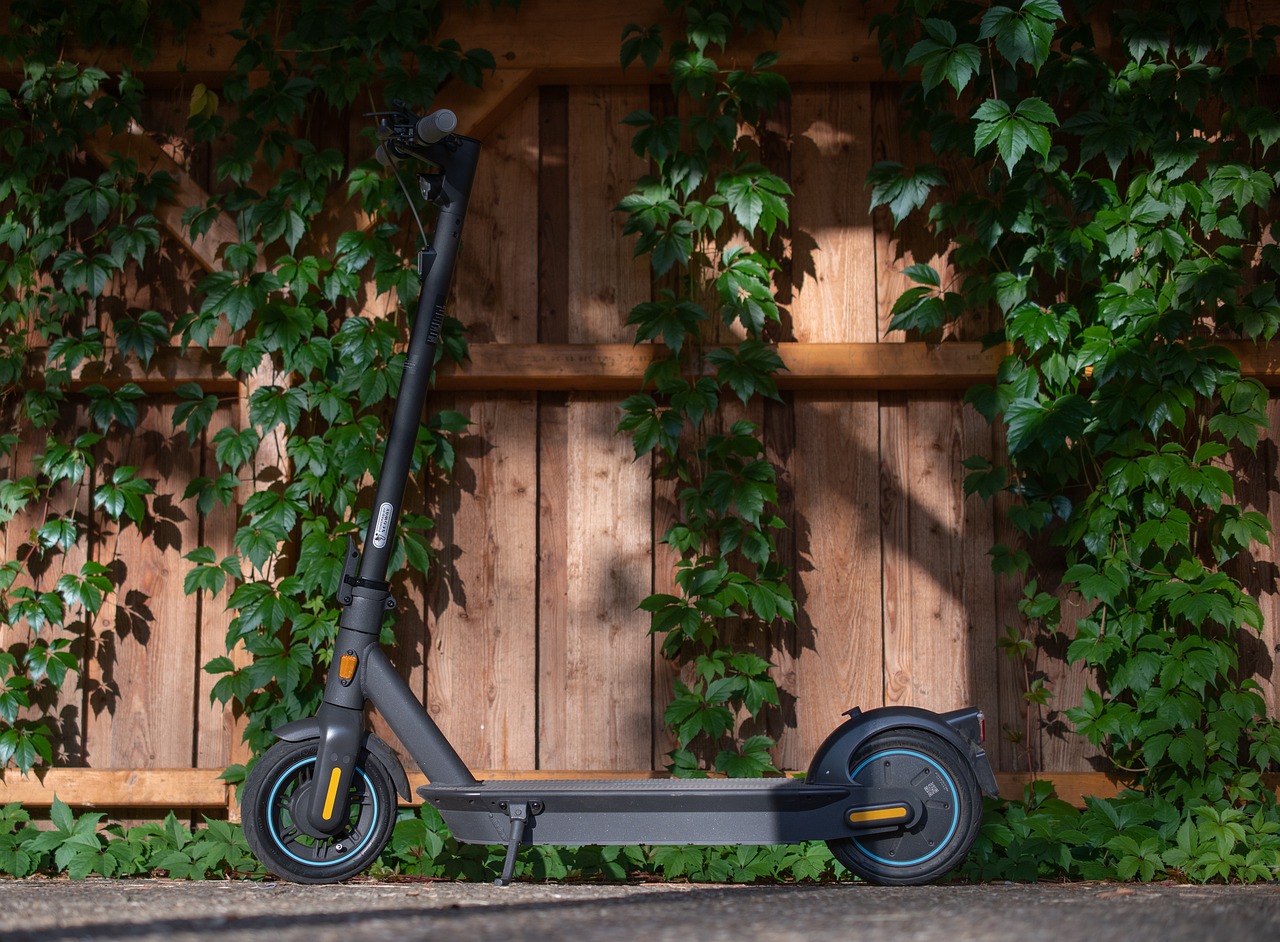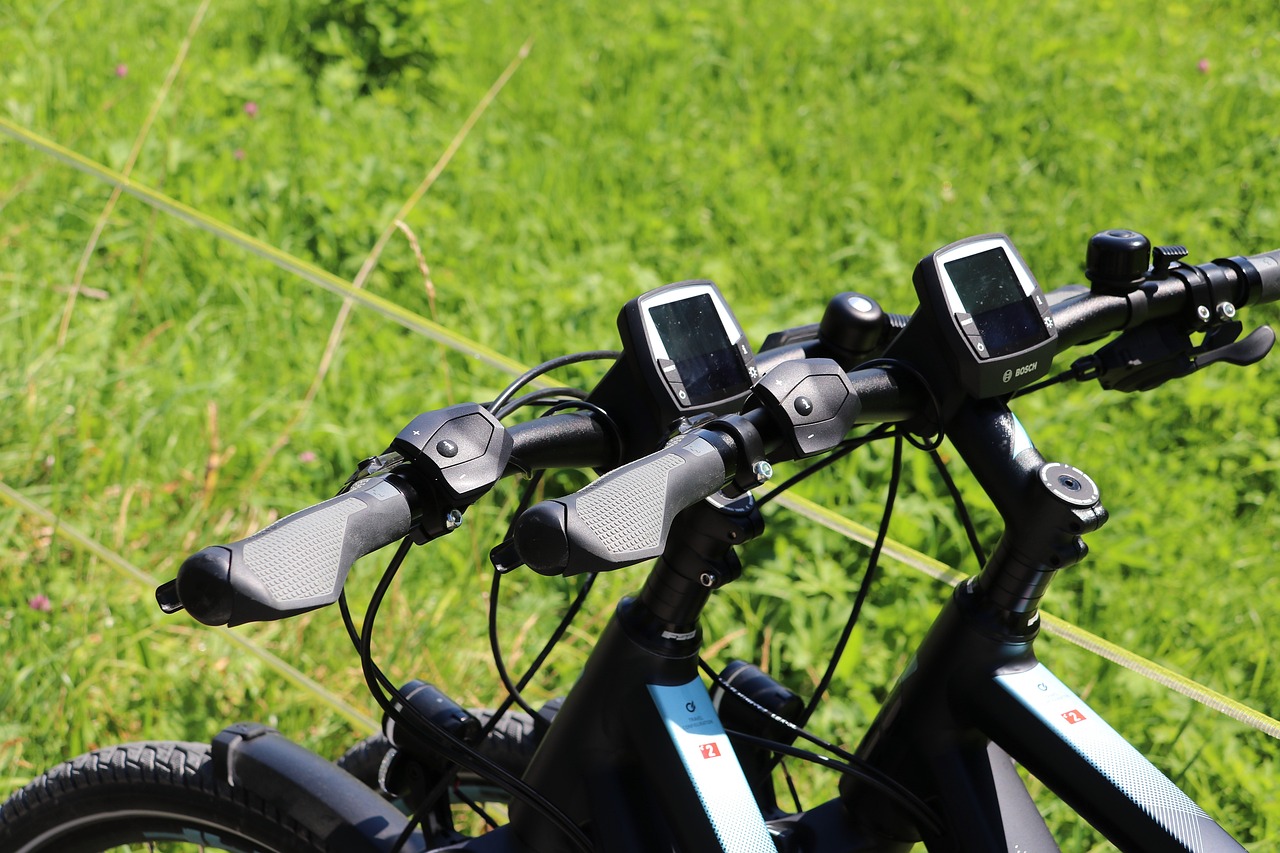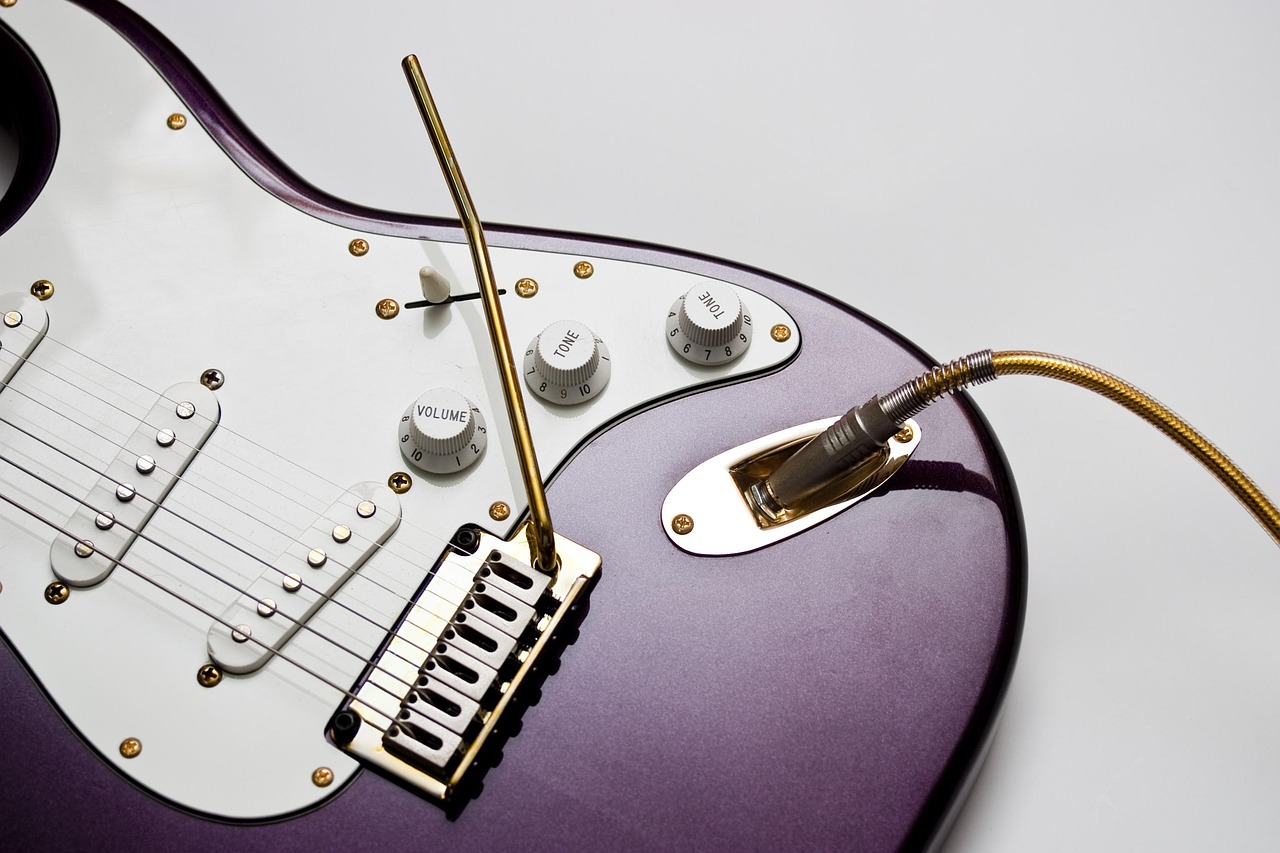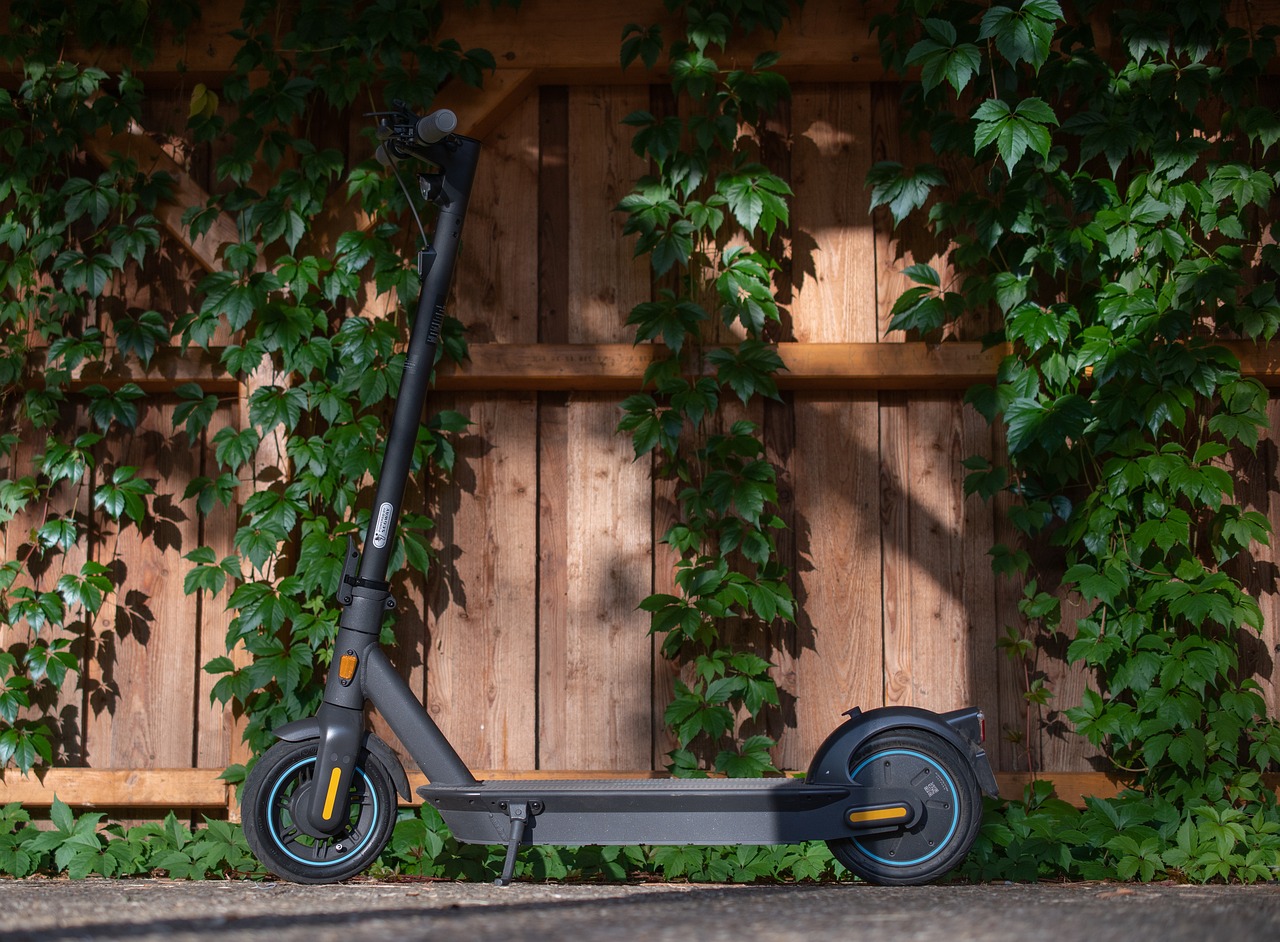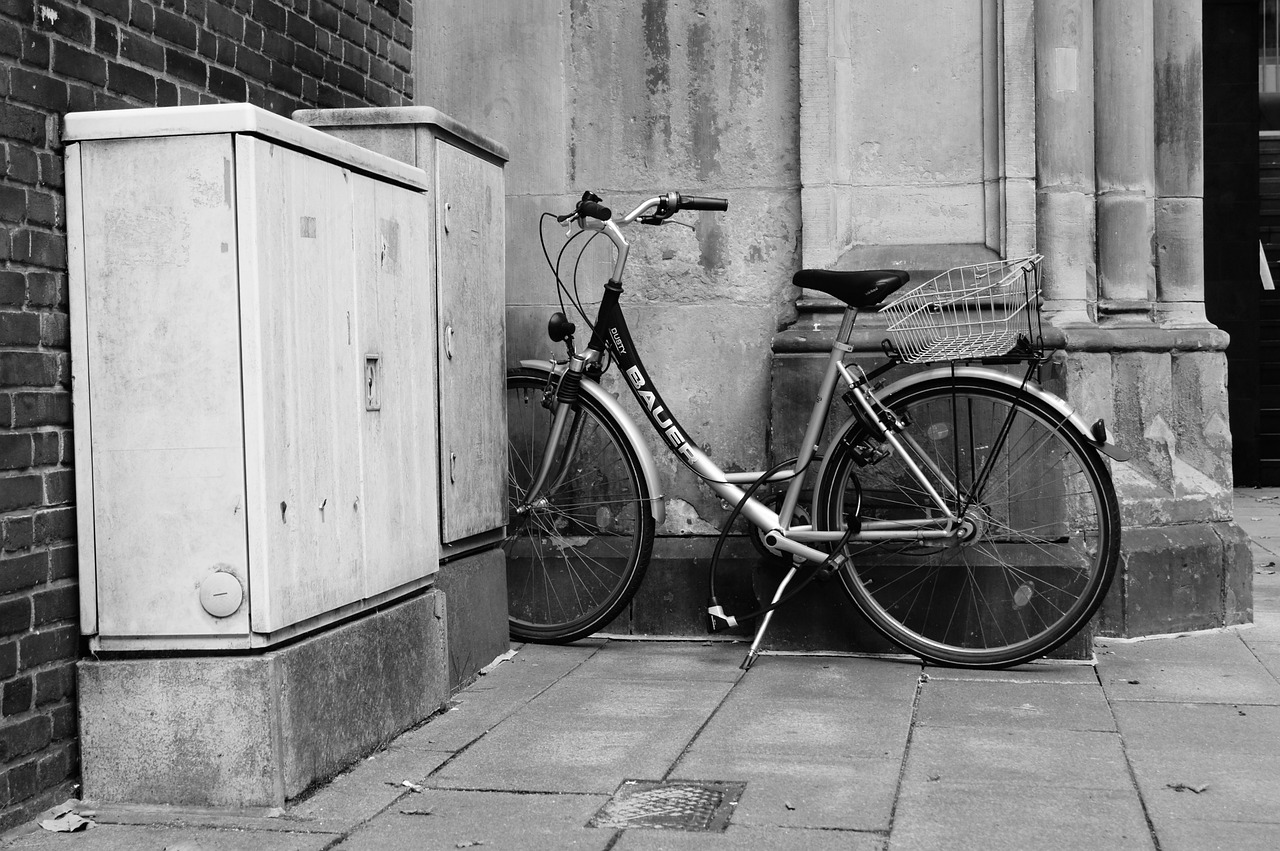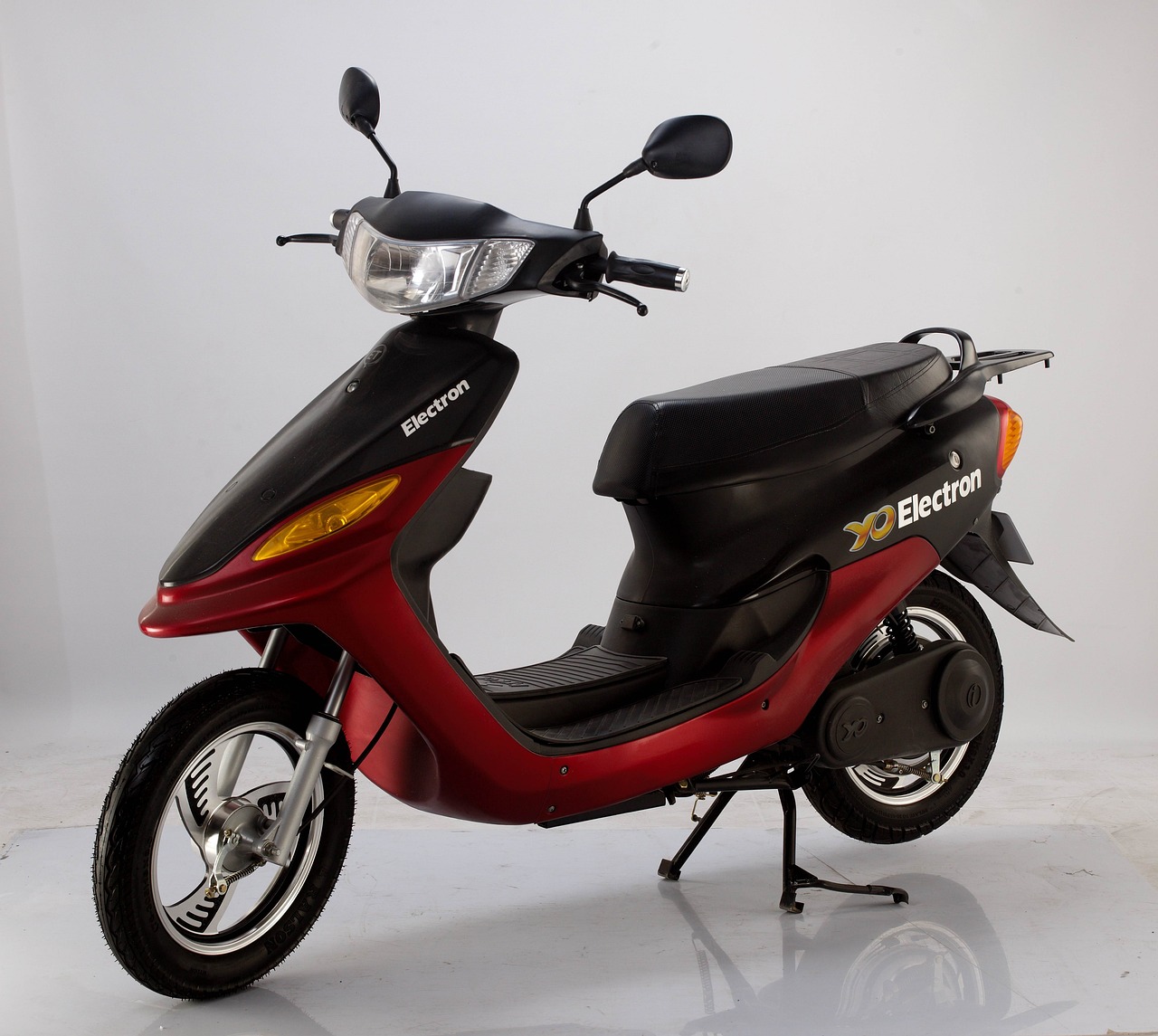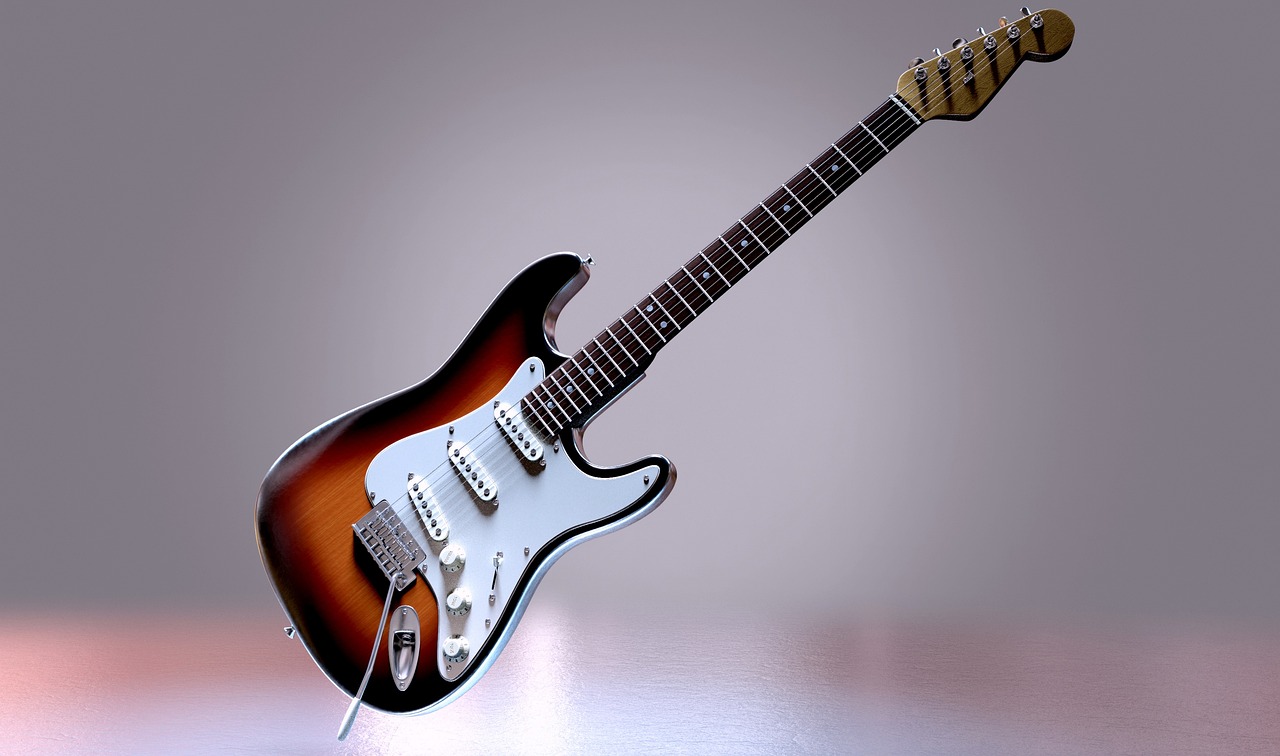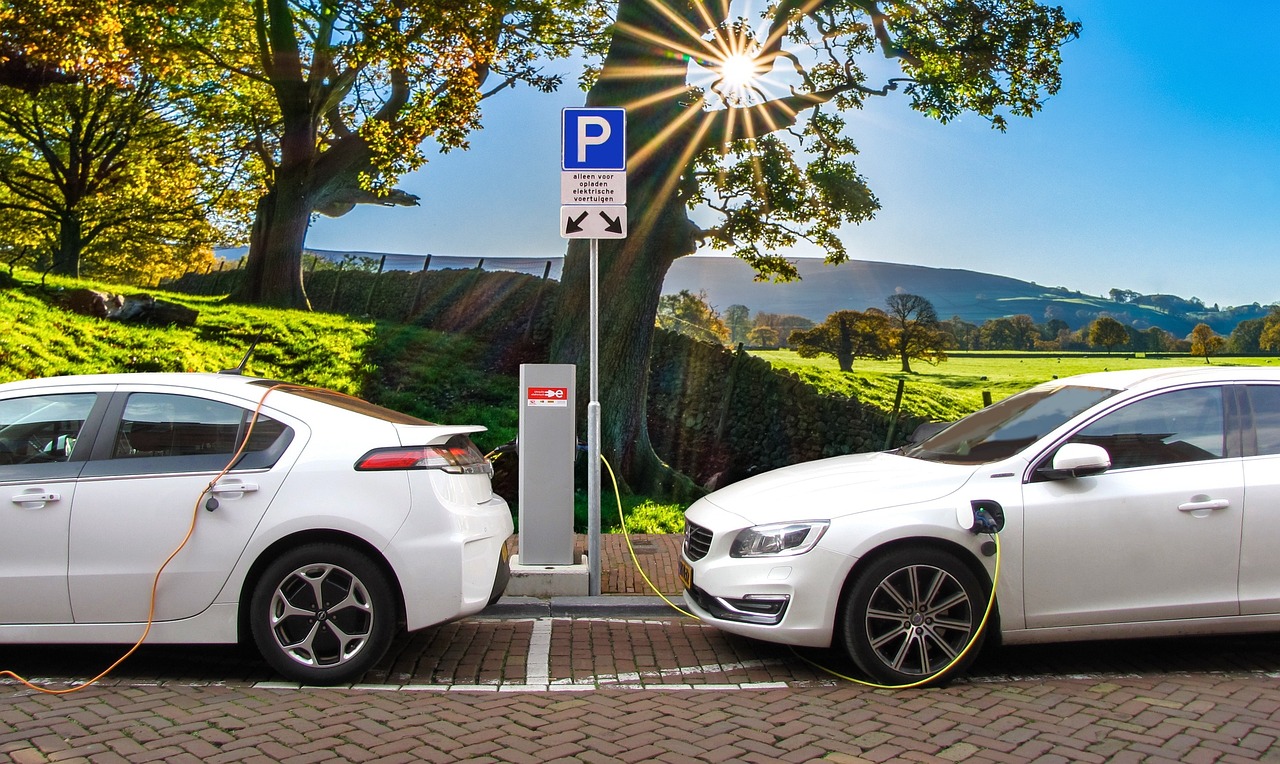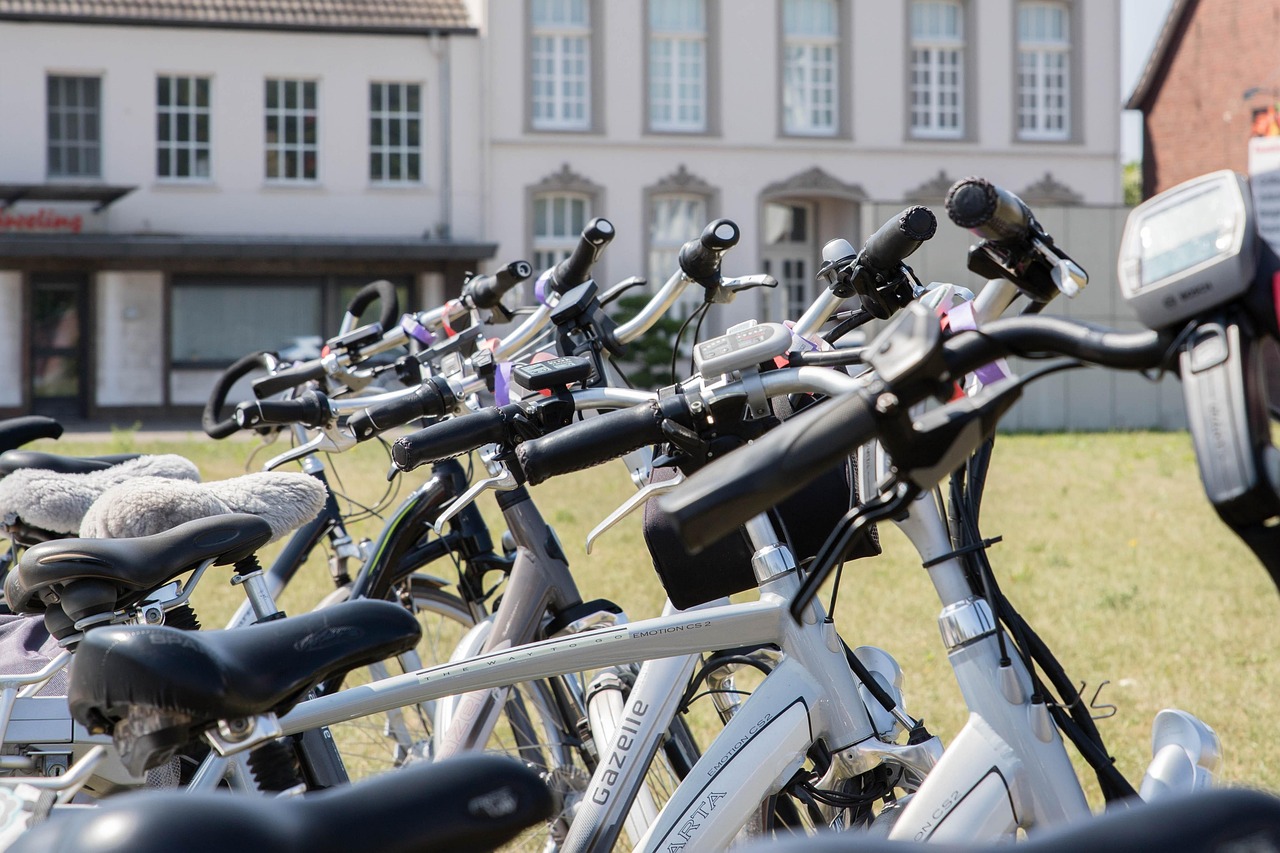This article provides essential tips and insights for first-time buyers looking to purchase an electric bike on Amazon, ensuring a smooth and informed shopping experience.
As the popularity of electric bikes continues to rise, understanding the key factors involved in purchasing one is crucial. Whether you are commuting to work, running errands, or enjoying leisurely rides, selecting the right e-bike can significantly enhance your experience.
Understanding Electric Bikes
- Electric bikes, or e-bikes, integrate traditional cycling with electric power, offering a blend of convenience and efficiency.
- They are ideal for various riders, from commuters to recreational enthusiasts.
Choosing the Right Type of Electric Bike
Different types of electric bikes cater to specific needs:
- Commuter Electric Bikes: Designed for urban environments, focusing on comfort and efficiency.
- Mountain Electric Bikes: Built for off-road adventures, featuring robust frames and powerful motors.
Understanding E-Bike Specifications
When purchasing, it’s essential to grasp the specifications that matter:
- Battery Capacity: Measured in watt-hours (Wh), it determines your range on a single charge.
- Motor Power: Typically measured in watts, this affects acceleration and hill-climbing ability.
Reading Customer Reviews
Customer reviews can provide invaluable insights:
- Look for detailed accounts of performance, comfort, and customer service.
- Identify common themes in feedback to understand potential issues or advantages.
Comparing Prices and Brands
Price comparison is vital:
- Famous brands like Trek, Specialized, and Rad Power Bikes offer various features at different price points.
- Watch for seasonal sales and promotions on Amazon to snag the best deals.
Final Considerations Before Purchase
Before finalizing your purchase, consider:
- Warranty and Return Policy: Ensure you understand the terms for peace of mind.
- Assembly Requirements: Some bikes may require assembly, so check if this is something you can handle.
By following these tips and insights, first-time buyers can navigate the world of electric bikes on Amazon with confidence, ensuring they make an informed decision that suits their needs.
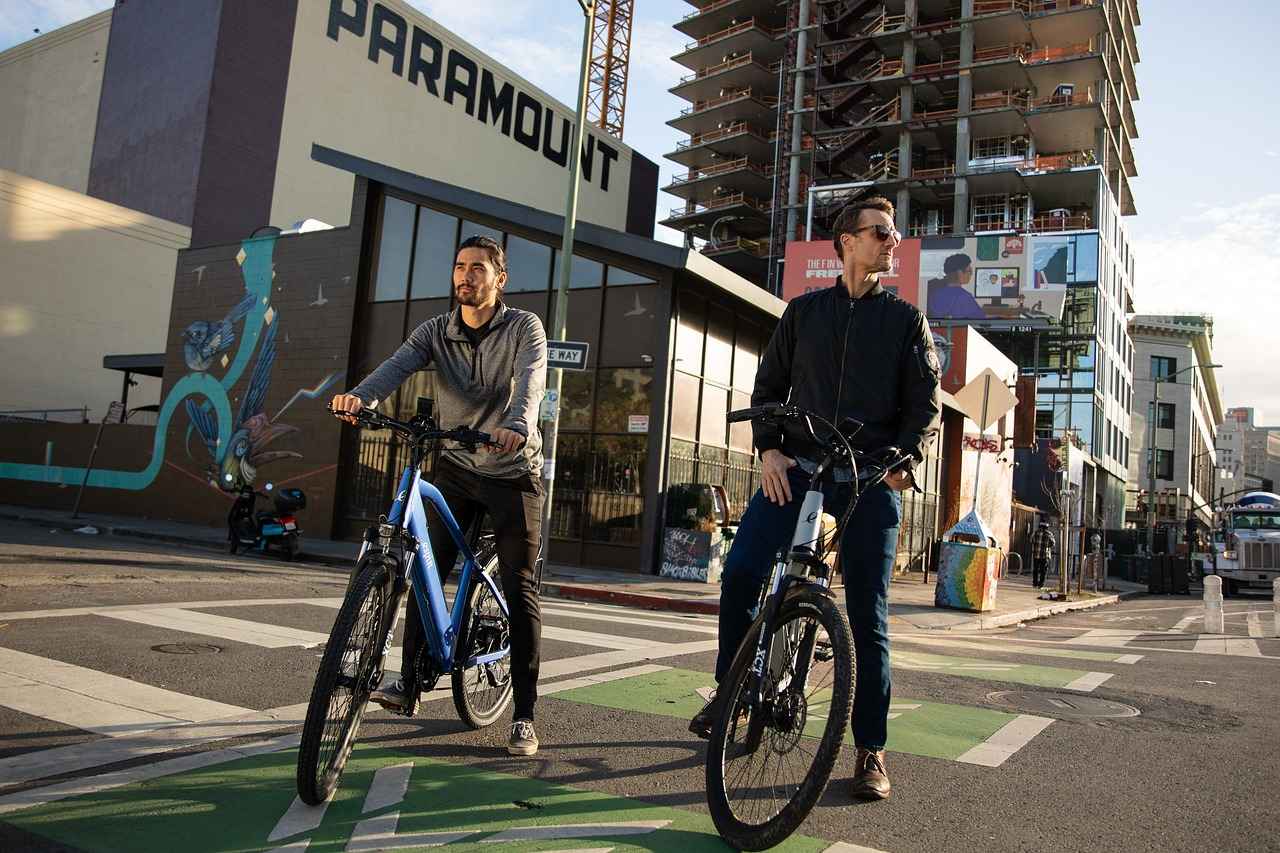
Understanding Electric Bikes
Electric bikes, commonly referred to as e-bikes, represent a revolutionary fusion of traditional cycling and modern electric technology. These innovative bicycles are equipped with an electric motor that assists the rider, making cycling more accessible and less strenuous. This combination of features offers a multitude of benefits, which have contributed to their growing popularity among both commuters and recreational cyclists.
One of the primary advantages of e-bikes is their ease of use. Riders can travel longer distances without the fatigue typically associated with traditional biking. The electric motor provides a boost, allowing users to tackle steep hills and challenging terrains with confidence. This makes e-bikes an excellent choice for those who may find conventional cycling physically demanding.
Moreover, e-bikes are known for their efficiency. They enable users to navigate urban environments quickly, reducing travel time compared to standard bicycles. Many e-bikes come equipped with features such as integrated lights, fenders, and cargo racks, enhancing their practicality for daily commuting. This functionality not only improves the riding experience but also promotes a more sustainable mode of transportation.
Additionally, e-bikes can significantly reduce the reliance on cars, leading to lower carbon emissions and decreased traffic congestion. As cities become increasingly congested, e-bikes present a viable alternative for short to medium-distance travel, making them an environmentally friendly choice.
In summary, electric bikes offer a unique blend of convenience, efficiency, and sustainability. Their ability to enhance the cycling experience while promoting eco-friendly transportation solutions makes them a compelling option for a wide range of riders.

Choosing the Right Type of Electric Bike
When it comes to selecting an electric bike, it’s essential to recognize that different types serve distinct purposes. Understanding these categories will not only enhance your riding experience but also ensure that you choose a model that aligns perfectly with your lifestyle and needs.
- Commuter Electric Bikes: These bikes are tailored for urban commuting. They emphasize comfort and efficiency, making them ideal for daily travel. Features like lightweight frames and integrated lights enhance safety and convenience.
- Mountain Electric Bikes: Designed for off-road enthusiasts, mountain e-bikes come with durable frames and powerful motors. They are built to handle rugged terrains and steep inclines, allowing riders to explore nature with ease.
- Hybrid Electric Bikes: Combining features of both commuter and mountain bikes, hybrids are versatile options suitable for various terrains. They offer a balance of speed and stability, making them perfect for recreational riders.
- Folding Electric Bikes: Ideal for those with limited storage space, folding e-bikes are compact and portable. They are perfect for commuters who need to combine biking with public transportation.
- Fat Tire Electric Bikes: These bikes feature oversized tires that provide excellent traction and stability, making them suitable for snowy or sandy terrains. They offer a unique riding experience for adventure seekers.
To make the best choice, consider your primary riding environment and the features that matter most to you. Whether you prioritize speed, comfort, or durability, understanding the specific types of electric bikes available will guide you to the perfect model.
In conclusion, selecting the right type of electric bike involves assessing your unique needs and the environments where you plan to ride. By doing so, you can ensure that your investment enhances your cycling experience and fits seamlessly into your lifestyle.
Commuter Electric Bikes
are revolutionizing urban travel by offering an efficient and comfortable mode of transportation. These bikes are specifically designed for city dwellers who need a reliable way to navigate through traffic and reach their destinations quickly.
One of the primary advantages of commuter electric bikes is their lightweight construction. This feature allows riders to easily maneuver through crowded streets and make quick stops. Additionally, many models come equipped with integrated lights for enhanced visibility during early morning or late evening rides, ensuring safety in low-light conditions.
In urban environments, where space is often limited, commuter electric bikes provide an eco-friendly alternative to traditional vehicles. They help reduce traffic congestion and lower carbon emissions, making them a sustainable choice for the environment. Furthermore, the pedal-assist technology found in these bikes allows riders to tackle hills and longer distances without excessive effort, making commuting less strenuous.
| Key Features of Commuter Electric Bikes | Description |
|---|---|
| Lightweight Frame | Facilitates easy handling and transportation. |
| Integrated Lights | Enhances visibility and safety during rides. |
| Comfortable Seating | Provides a pleasant riding experience for daily commutes. |
| Fenders and Racks | Improves practicality for carrying personal items and protects from splashes. |
Popular models such as the Rad Power Bikes RadCity and the Ancheer Electric Mountain Bike have gained a reputation for their reliability and user-friendly designs. These bikes not only offer great performance but also come with a range of features tailored to enhance the commuting experience.
In conclusion, commuter electric bikes are an excellent investment for anyone seeking a convenient and sustainable way to travel in urban settings. With their focus on comfort, efficiency, and safety, these bikes are poised to become a staple in modern commuting.
Key Features of Commuter Bikes
Commuter bikes are specifically designed to facilitate daily travel, offering a blend of comfort, practicality, and style. When considering a commuter bike, it’s essential to look for features that enhance the overall riding experience. Here are some of the key features that make commuter bikes ideal for urban environments:
- Fenders: These help keep you dry and clean by preventing mud and water from splashing onto your clothes, especially during rainy conditions.
- Racks: Integrated racks allow you to carry groceries, bags, or other essentials, making it easier to combine cycling with daily errands.
- Comfortable Seating: A well-padded seat ensures a comfortable ride, especially during longer commutes, reducing fatigue and enhancing enjoyment.
- Integrated Lights: Safety is paramount, and built-in lights increase visibility during low-light conditions, ensuring you are seen by other road users.
- Adjustable Handlebars: This feature allows riders to customize their riding position, promoting better posture and comfort over extended distances.
- Lightweight Frames: Commuter bikes often have lightweight materials, making them easier to maneuver and transport, especially if you need to carry them up stairs or onto public transport.
- Gear Systems: Multiple gears enable smooth transitions on varying terrains, whether you’re tackling hills or cruising on flat roads.
Incorporating these features not only enhances the practicality of commuter bikes but also contributes to a more enjoyable riding experience. When choosing a bike, consider how these features align with your daily needs and commuting style.
Popular Commuter Models
When it comes to selecting the perfect electric bike for commuting, there are numerous options available that cater to different needs and preferences. Among the most popular commuter models are the Rad Power Bikes RadCity and the Ancheer Electric Mountain Bike. These bikes are celebrated for their reliability and user-friendly designs, making them ideal choices for both novice and experienced riders.
The Rad Power Bikes RadCity is designed specifically for urban commuting. It features a powerful motor that allows for smooth acceleration, even on hilly terrains. With a comfortable saddle and an upright riding position, this bike ensures a pleasant journey, whether you’re navigating through city traffic or cruising along bike paths. Additionally, it comes equipped with integrated lights and fenders, enhancing safety and practicality during your daily rides.
On the other hand, the Ancheer Electric Mountain Bike offers versatility for those who may want to venture off the beaten path. While it serves well as a commuter bike, its robust construction and powerful battery make it suitable for light trail riding as well. The adjustable seat and front suspension add to the comfort, providing a smooth ride over various surfaces. This model is particularly appealing to those who value both performance and the ability to explore different terrains.
In comparing these two models, it’s evident that both the RadCity and the Ancheer provide unique advantages. The choice between them ultimately depends on your specific commuting needs and lifestyle. For those prioritizing city commuting with a focus on comfort and efficiency, the RadCity is an excellent fit. Conversely, if you seek a bike that offers the flexibility to tackle both urban environments and light off-road trails, the Ancheer is a worthy contender.
In conclusion, selecting a commuter electric bike involves considering various factors, including design, comfort, and functionality. Both the Rad Power Bikes RadCity and the Ancheer Electric Mountain Bike stand out as reliable options that cater to different riding preferences, ensuring you can find the perfect match for your commuting needs.
Mountain Electric Bikes
are specifically designed for those who crave adventure and the thrill of off-road cycling. These bikes are equipped with robust frames and powerful motors, making them ideal for navigating rugged terrains and steep inclines. Unlike traditional bicycles, mountain e-bikes offer an enhanced riding experience, allowing cyclists to conquer challenging trails with ease.
One of the standout features of mountain e-bikes is their suspension system. This system absorbs shocks from uneven surfaces, providing a smoother ride and better control. Additionally, many models come with wide tires that offer improved grip, ensuring stability on slippery or rocky paths. The combination of these features allows riders to tackle a variety of landscapes, from rocky hills to muddy trails.
When selecting a mountain e-bike, consider the motor power. A higher wattage motor can significantly enhance performance, particularly when climbing steep hills. For instance, motors ranging from 500W to 750W are typically recommended for serious mountain biking, as they provide the necessary torque to handle challenging inclines.
Battery capacity is another critical factor to consider. Mountain e-bikes often require a battery that can sustain longer rides without frequent recharges. Look for batteries with a capacity of at least 500Wh for extended adventures. This ensures you can enjoy your ride without worrying about running out of power mid-trail.
In conclusion, mountain electric bikes are a fantastic investment for outdoor enthusiasts. Their combination of durability, power, and advanced technology makes them perfect for tackling off-road challenges. Whether you are a seasoned rider or a beginner, a mountain e-bike can elevate your cycling experience, allowing you to explore new terrains and enjoy the great outdoors.
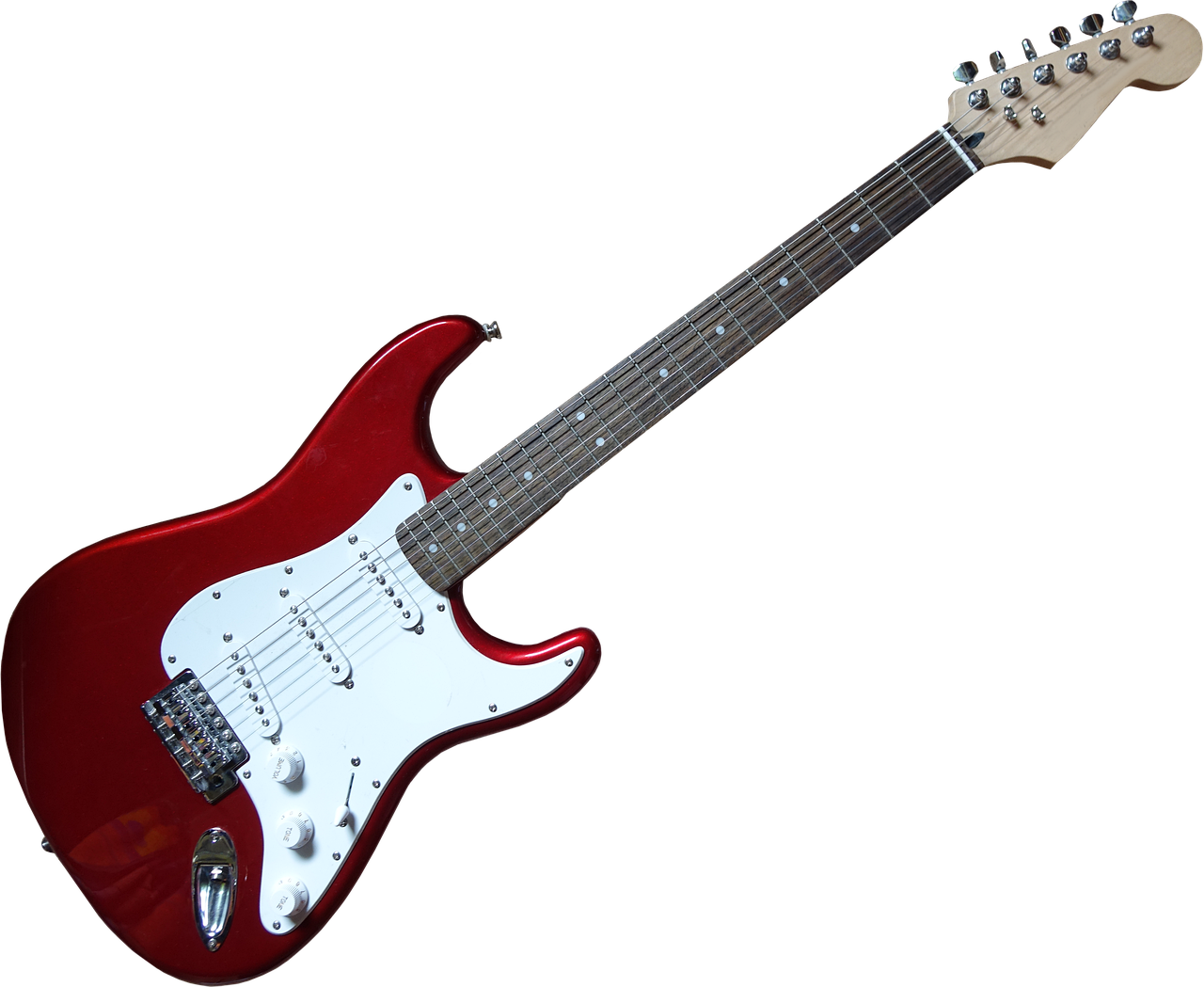
Understanding E-Bike Specifications
is essential for anyone looking to make an informed purchase. Electric bikes, or e-bikes, have become increasingly popular due to their convenience and efficiency. However, to choose the right one, you need to delve deeper into the specifications that define their performance and usability.
When considering an e-bike, the most critical specifications include battery capacity, motor power, and range. Each of these factors plays a significant role in determining how well the bike will meet your specific needs.
- Battery Capacity: Measured in watt-hours (Wh), the battery capacity indicates how much energy the battery can store. A higher capacity translates to a longer riding range, which is particularly important for long-distance commuters or those planning extended trips. For instance, a bike with a 500Wh battery typically offers a range of 30 to 60 miles, depending on conditions and riding style.
- Motor Power: The power of the motor, usually measured in watts, directly affects the bike’s acceleration and its ability to climb hills. Motors can range from 250W to over 1000W. A more powerful motor is beneficial for tackling steep inclines or for riders who prefer a faster pace.
- Range: This refers to the distance an e-bike can travel on a single charge. Factors influencing range include battery capacity, motor power, rider weight, and terrain. It’s essential to choose a bike with a range that fits your daily commuting needs or recreational plans.
Moreover, understanding the differences between hub motors and mid-drive motors can also enhance your decision-making process. Hub motors are typically easier to maintain and provide a straightforward riding experience, while mid-drive motors offer better balance and efficiency, especially on varied terrains.
In conclusion, grasping these specifications is vital when selecting an electric bike. By focusing on battery capacity, motor power, and range, you can ensure that your e-bike aligns perfectly with your personal requirements, enhancing your riding experience.
Battery Capacity and Range
are crucial factors to consider when purchasing an electric bike. The battery capacity, measured in watt-hours (Wh), directly influences the distance you can travel on a single charge. A higher battery capacity not only allows for a longer range but also enhances your overall riding experience, making it essential for longer commutes and recreational rides.
When evaluating electric bikes, it’s important to understand how battery capacity affects your daily usage. For instance, if you plan to use your bike for daily commuting or longer trips, opting for a bike with a higher capacity is advisable. Generally, a battery with 500Wh or more can provide a range of 30 to 60 miles, depending on factors such as terrain, rider weight, and assistance level.
| Battery Capacity (Wh) | Estimated Range (Miles) |
|---|---|
| 250 | 15 – 25 |
| 500 | 30 – 60 |
| 750 | 40 – 80 |
In addition to battery capacity, consider the charging time and the type of battery used in the e-bike. Most modern electric bikes use lithium-ion batteries, which are known for their efficiency and longevity. A well-maintained lithium-ion battery can last for several years, but it’s essential to follow the manufacturer’s guidelines for charging and storage to maximize its lifespan.
Ultimately, understanding battery capacity and range will empower you to make an informed decision when choosing an electric bike. By selecting a model that meets your commuting needs, you can enjoy the benefits of electric biking, including reduced travel time and increased convenience.
Motor Power and Performance
When selecting an electric bike, understanding motor power is crucial, as it significantly influences your riding experience. Motor power is typically measured in watts, and it directly affects both acceleration and hill-climbing ability. A higher wattage motor provides more torque, which is essential for navigating steep inclines and accelerating quickly from a stop.
There are generally three types of motors found in electric bikes:
- Hub Motors: Located in the wheel hub, these motors are common in commuter e-bikes. They provide a smooth ride and are often quieter, making them ideal for urban environments.
- Mid-Drive Motors: Positioned near the bike’s pedals, mid-drive motors offer better weight distribution and efficiency. They excel in hill-climbing and are favored by mountain bikers for their superior performance on challenging terrains.
- Geared Motors: These motors use gears to enhance torque and are effective for climbing hills. They are typically smaller and lighter, making them a popular choice for lightweight e-bikes.
Understanding the differences in motor types can help you choose an e-bike that aligns with your riding style. For instance, if you plan to tackle steep hills regularly, a bike with a mid-drive motor may be the best option due to its efficient power transfer. Conversely, if you are looking for a bike primarily for commuting, a hub motor may suffice, providing a balance of performance and comfort.
Additionally, consider the power output and battery capacity when evaluating motor performance. A bike with a powerful motor paired with a high-capacity battery will offer a longer range and better overall performance.
In conclusion, understanding motor power and its implications on performance is vital for selecting the right electric bike. By considering your specific needs and riding conditions, you can make an informed decision that enhances your cycling experience.

Reading Customer Reviews
When it comes to purchasing an electric bike, customer reviews play a pivotal role in guiding your decision-making process. These reviews offer real-world insights that can significantly impact your choice. By examining the experiences of other riders, you can gauge the performance, reliability, and overall user satisfaction of different models.
Why Customer Reviews Matter
- Performance Insights: Reviews often highlight how well a bike performs in various conditions, including its speed, handling, and battery life.
- Reliability: Many customers share their long-term experiences, helping potential buyers understand how well a bike holds up over time.
- User Satisfaction: Positive feedback can indicate a product’s quality, while negative reviews can alert you to potential issues.
Identifying Trustworthy Reviews
To make the most of customer feedback, focus on trustworthy reviews. Look for detailed accounts that cover specific aspects such as:
- Performance: How does the bike handle in different terrains?
- Comfort: Are the seats and grips satisfactory for long rides?
- Customer Service: How responsive is the manufacturer to issues?
Common Complaints and Praise
Pay attention to recurring themes in the reviews. If multiple users mention a specific issue, such as battery life or weight, it’s worth considering. Conversely, consistent praise for features like ease of assembly or ride comfort can be a strong indicator of a quality product.
Conclusion
In summary, customer reviews are an invaluable resource when selecting an electric bike. They provide essential insights that can help you avoid pitfalls and choose a model that best fits your needs.
Identifying Trustworthy Reviews
When embarking on the journey of purchasing an electric bike, customer reviews play a pivotal role in guiding your decision. However, not all reviews are created equal. To ensure that you are making an informed choice, it’s essential to focus on reviews that provide specific details about the bike’s performance, comfort, and customer service experience.
Start by searching for reviews that share real-world experiences. Look for comments that elaborate on how the bike performs under various conditions—whether it’s handling steep hills, navigating through city traffic, or providing a comfortable ride over long distances. Specific anecdotes can give you a better understanding of the bike’s capabilities and limitations.
Additionally, pay attention to reviews that discuss comfort features. A bike might look great on paper, but if users consistently mention discomfort during rides, that could be a red flag. Look for mentions of seat comfort, handlebar positioning, and overall ergonomics. These factors are crucial for ensuring a pleasant riding experience, especially if you plan to use the bike for daily commutes.
Customer service is another critical aspect to consider. Reviews that comment on the manufacturer’s responsiveness, warranty claims, and support can provide insight into what you can expect after your purchase. A company that stands behind its product and offers reliable support can make a significant difference in your overall satisfaction.
Finally, steer clear of generic reviews that lack depth. Phrases like “great bike” or “I love it” without any further explanation are often unhelpful. Instead, prioritize reviews that delve into the specifics, as these will provide the most valuable insights and help you make a well-informed decision.
Common Complaints and Praise
When it comes to purchasing an electric bike, customer reviews play a pivotal role in understanding the overall experience associated with a specific model. By analyzing these reviews, you can uncover both common complaints and praise that users have shared, which can significantly influence your buying decision.
Understanding Customer Sentiment
Many reviews often highlight recurring themes that indicate the strengths and weaknesses of an electric bike. For instance, users frequently mention aspects such as battery life, motor performance, and overall comfort. By identifying these themes, you can gain valuable insights into what to expect from a particular model.
Common Complaints
- Battery Issues: Many users express dissatisfaction with battery longevity, noting that some models do not hold a charge as well as advertised.
- Weight: A frequent complaint is the weight of the bike, with some riders finding it cumbersome to transport or maneuver.
- Customer Service: Some reviews mention poor customer service experiences, particularly regarding warranty claims or parts replacements.
Common Praise
- Performance: Positive reviews often highlight the bike’s performance, especially in terms of speed and handling on various terrains.
- Comfort: Many users commend the comfort of the ride, particularly with models that feature ergonomic designs and adjustable components.
- Value for Money: Several customers feel that the bike offers excellent value for the price, especially when considering its features and durability.
By paying attention to these common themes in reviews, you can better understand the potential issues and advantages of a specific electric bike model. This knowledge empowers you to make a more informed decision that aligns with your needs and expectations.
Conclusion
In summary, analyzing customer feedback is crucial when selecting an electric bike. By understanding the common complaints and praise, you can navigate your options more effectively, ensuring that you choose a model that best suits your riding style and requirements.

Comparing Prices and Brands
When it comes to purchasing an electric bike on Amazon, price comparison plays a crucial role in ensuring you make a wise investment. With a plethora of brands and models available, each offering a unique set of features at varying price points, it is essential to navigate this landscape carefully to find the best value for your needs.
Different brands cater to different preferences and budgets, which is why understanding the market is vital. Here are some key considerations to keep in mind:
- Brand Reputation: Popular brands like Trek, Specialized, and Rad Power Bikes have established themselves as reliable choices in the electric bike market. Researching brand history and customer feedback can help you gauge their credibility.
- Features vs. Price: Assess the features offered by each model. Sometimes, a slightly higher price can mean significantly better components, such as a more powerful motor or a longer-lasting battery.
- Warranty and Support: Brands that offer comprehensive warranties and good customer support can save you money in the long run. Ensure you understand the warranty terms before making a purchase.
- Sales and Discounts: Keep an eye on Amazon for seasonal sales or special promotions that can lower the cost of your chosen electric bike. Signing up for alerts can help you snag a great deal.
To make an informed decision, create a comparison table of the models you are interested in, detailing their specifications, prices, and features. This visual aid can simplify the decision-making process.
| Brand | Model | Price | Features |
|---|---|---|---|
| Trek | Verve+ 2 | $2,499 | Comfortable design, powerful motor, long-range battery |
| Rad Power Bikes | RadCity 5 Plus | $1,699 | Integrated lights, adjustable seat, cargo capacity |
| Specialized | Turbo Vado SL | $3,499 | Lightweight frame, advanced technology, premium components |
In conclusion, taking the time to compare prices and brands will not only help you find an electric bike that fits your budget but also ensure that you invest in a quality product that meets your riding needs. By being diligent in your research and comparison, you can enjoy the many benefits of owning an electric bike without overspending.
Top Electric Bike Brands
When venturing into the world of electric bikes, understanding the landscape of brands is essential. Each brand brings its unique qualities to the table, catering to a diverse range of riders, budgets, and preferences. Here, we will explore some of the most reputable brands in the electric bike market, highlighting their strengths and what makes them stand out.
- Trek: Known for its innovation and quality, Trek offers a variety of electric bikes suitable for both casual riders and serious cyclists. Their models often feature advanced technology, ensuring a smooth and enjoyable ride.
- Specialized: This brand is synonymous with high-performance bikes. Specialized electric bikes are designed with the serious rider in mind, often featuring powerful motors and long-lasting batteries, making them ideal for both commuting and recreational use.
- Rad Power Bikes: Rad Power Bikes is celebrated for its affordability and practicality. They provide a range of models that are user-friendly and perfect for urban commuting, making electric biking accessible to a broader audience.
- Giant: As one of the largest bike manufacturers globally, Giant offers a comprehensive range of electric bikes. Their focus on quality and performance makes them a popular choice among enthusiasts.
- Haibike: Specializing in mountain electric bikes, Haibike is known for its robust designs and powerful motors, perfect for tackling tough terrains. They are a favorite among adventure seekers.
Each of these brands has carved out a niche in the electric bike market, providing options for various riding styles and budgets. Whether you are a commuter looking for efficiency or an adventurer seeking rugged performance, there is a brand that aligns with your needs.
Ultimately, the right choice will depend on your specific riding habits and preferences. Take the time to explore different models, read reviews, and consider your budget, ensuring that you find the perfect electric bike to enhance your riding experience.
Finding Discounts and Deals
on electric bikes can be a game changer for first-time buyers looking to save money. Amazon frequently offers seasonal sales and promotions that can significantly lower the price of your desired e-bike, making it more accessible for your budget.
To take advantage of these savings, it’s essential to stay informed about upcoming sales events. Major shopping holidays such as Black Friday, Cyber Monday, and Prime Day often feature substantial discounts on a wide range of products, including electric bikes. Additionally, Amazon may have exclusive deals throughout the year that can provide significant savings.
Another effective strategy is to sign up for Amazon’s email newsletters or follow their social media channels. This way, you can receive timely notifications about flash sales and special promotions. Keeping an eye on the Deals of the Day section on Amazon’s homepage can also lead you to unexpected discounts on electric bikes.
Furthermore, consider using price tracking tools or browser extensions that notify you when the prices drop for specific models you are interested in. These tools can help you make a purchase at the right moment, ensuring you get the best possible deal.
Lastly, don’t forget to check for coupon codes or cashback offers that can further reduce the overall cost. Websites like RetailMeNot or Honey often list valid coupons that can be applied during checkout.
In conclusion, being proactive and informed about discounts and deals on Amazon can make your electric bike purchase more affordable. By utilizing seasonal promotions, signing up for alerts, and using price tracking tools, you can find the right e-bike at a price that suits your budget.
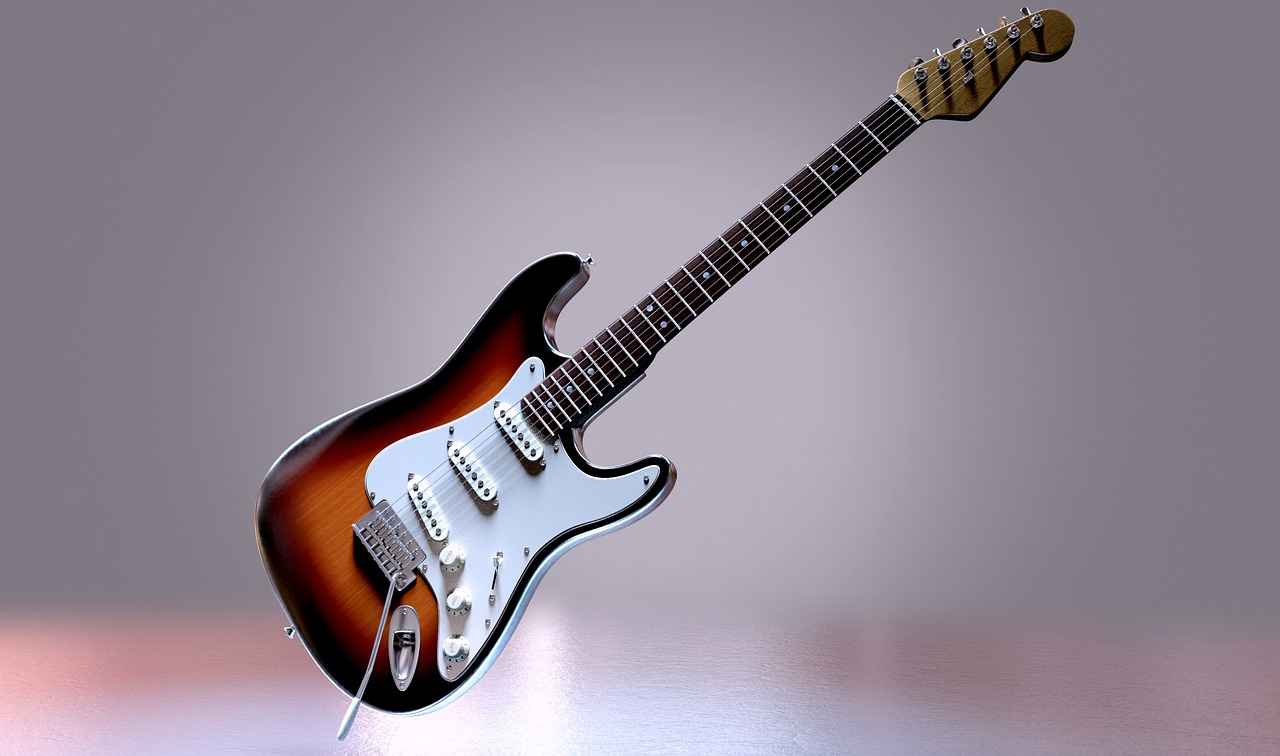
Final Considerations Before Purchase
When it comes to purchasing an electric bike, making an informed decision is crucial. Before finalizing your purchase, there are several key factors you should carefully consider to ensure a smooth buying experience and long-term satisfaction with your new ride.
- Warranty: Always check the warranty offered by the manufacturer. A robust warranty can provide peace of mind, covering potential defects or issues that may arise after your purchase. Look for warranties that last at least one year, as this indicates the manufacturer’s confidence in their product.
- Return Policy: Understanding the return policy is essential. In case the bike does not meet your expectations or has issues, a favorable return policy allows you to return the bike without hassle. Make sure to read the terms carefully, including any conditions that may apply.
- Assembly Requirements: Many electric bikes require some level of assembly upon delivery. Check whether the bike comes pre-assembled or if you will need to put it together yourself. If assembly is required, ensure you have the necessary tools and skills, or consider hiring a professional to assist you.
- Customer Support: Reliable customer support is invaluable. Before making a purchase, research the manufacturer’s customer service reputation. A responsive support team can help resolve any issues you may encounter after your purchase.
- Accessories: Consider any additional accessories you may need, such as a helmet, lock, or lights. Factor these costs into your overall budget for a more accurate financial picture.
By taking the time to evaluate these aspects, you can enhance your buying experience and ensure that your new electric bike meets your expectations and needs. Remember, a well-informed purchase can lead to years of enjoyable riding.
Frequently Asked Questions
- What should I consider when choosing an electric bike?
When selecting an electric bike, think about your primary use—commuting, recreation, or off-road adventures. Also, consider the bike’s specifications, such as battery capacity and motor power, to ensure it meets your needs.
- How important are customer reviews?
Customer reviews are crucial! They provide real-world insights into the bike’s performance and reliability. Look for detailed reviews that discuss specific experiences rather than generic comments to get a better understanding of the product.
- Are there discounts available for electric bikes on Amazon?
Absolutely! Keep an eye out for seasonal sales and promotions on Amazon. These can significantly lower the price of your desired electric bike, making it a more budget-friendly option.
- What are the common features of commuter electric bikes?
Commuter electric bikes typically feature lightweight frames, integrated lights, fenders, and racks. These elements enhance comfort and practicality for daily travel, making your ride smoother and more enjoyable.
- How can I ensure a smooth buying experience?
Before finalizing your purchase, review the warranty, return policy, and assembly requirements. This way, you can avoid any surprises and ensure you’re satisfied with your new electric bike.







